2-Day Solo Outdoor Adventure for Locals in Sri Lanka
Sri Lanka
2 days
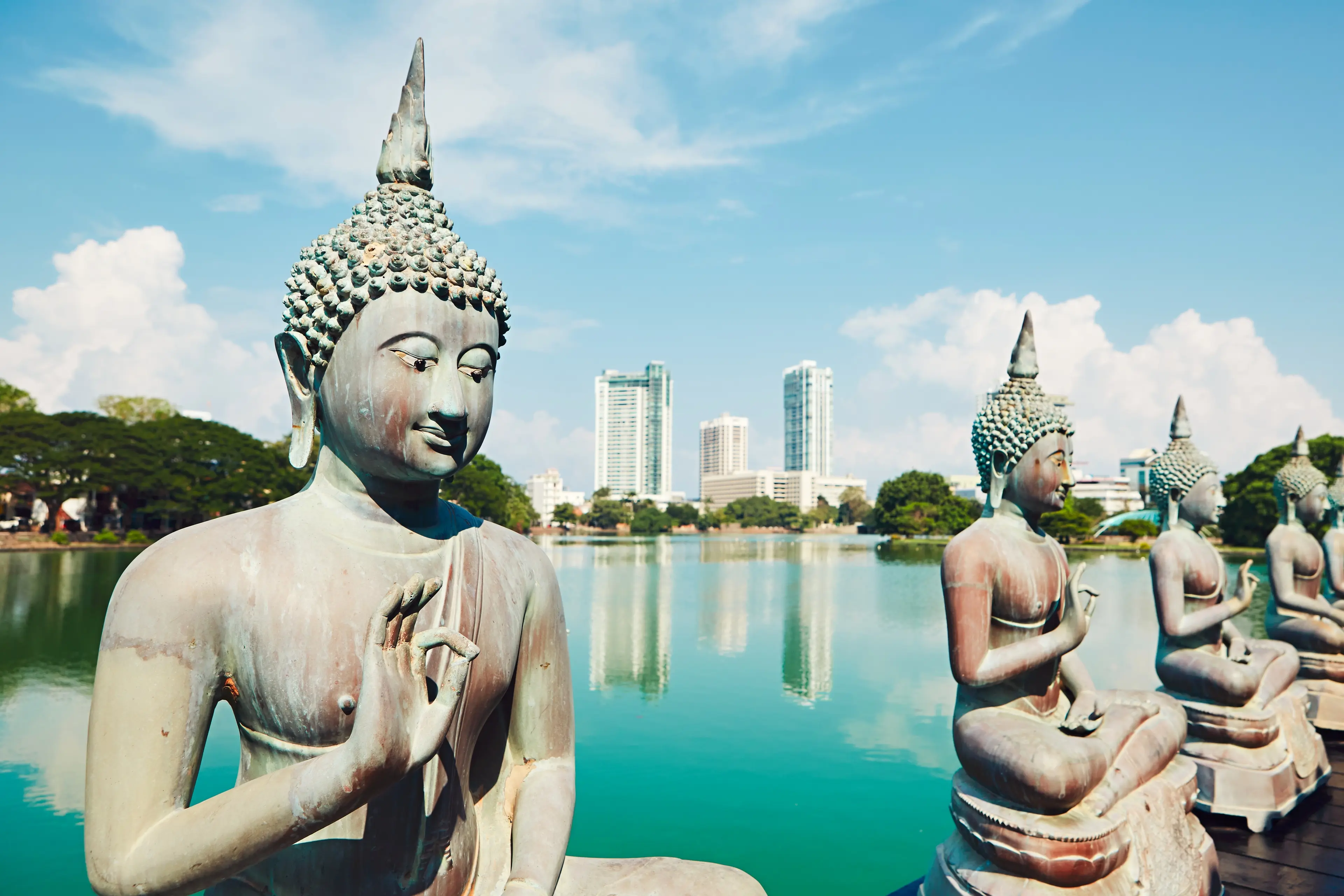
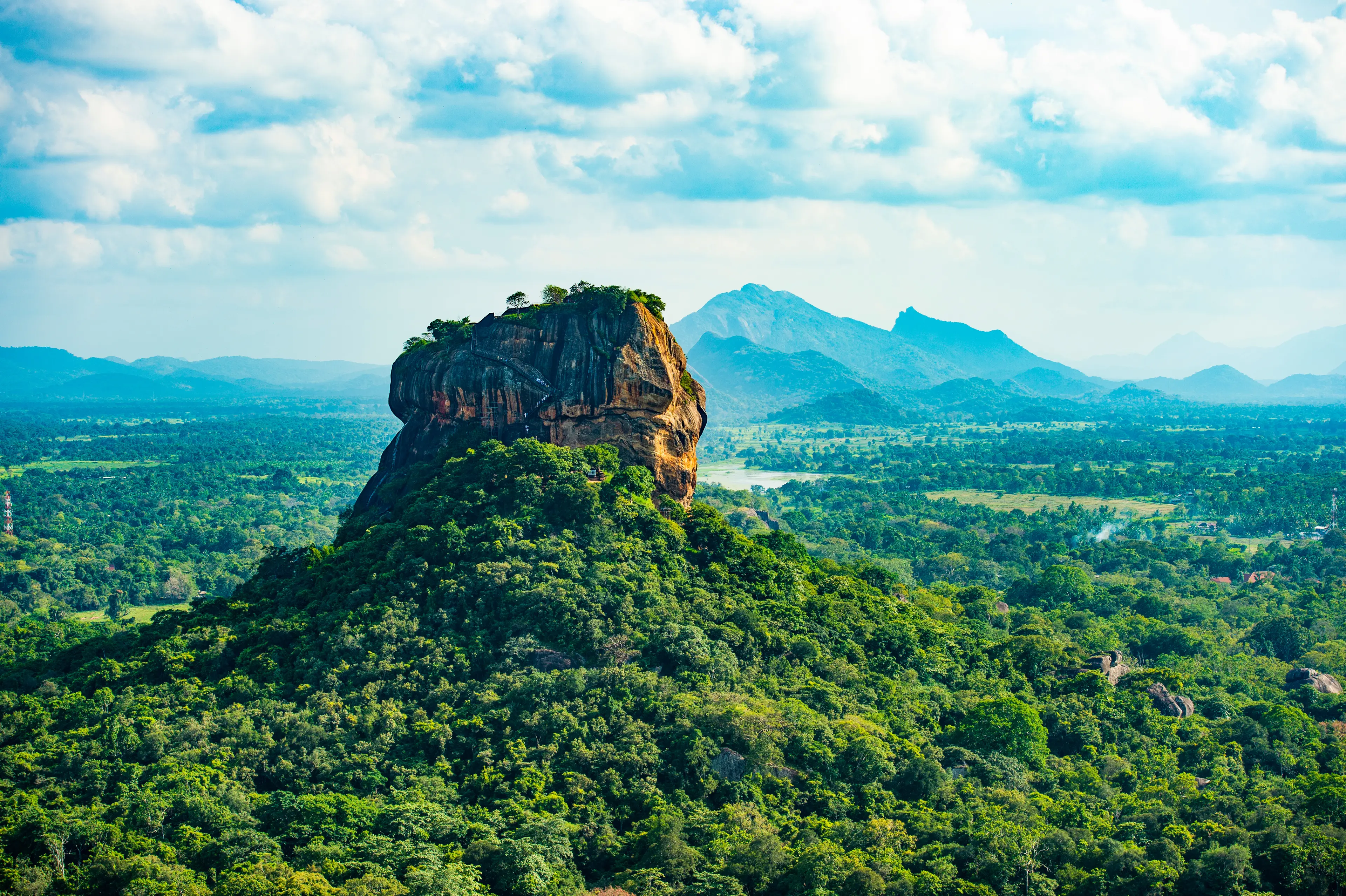
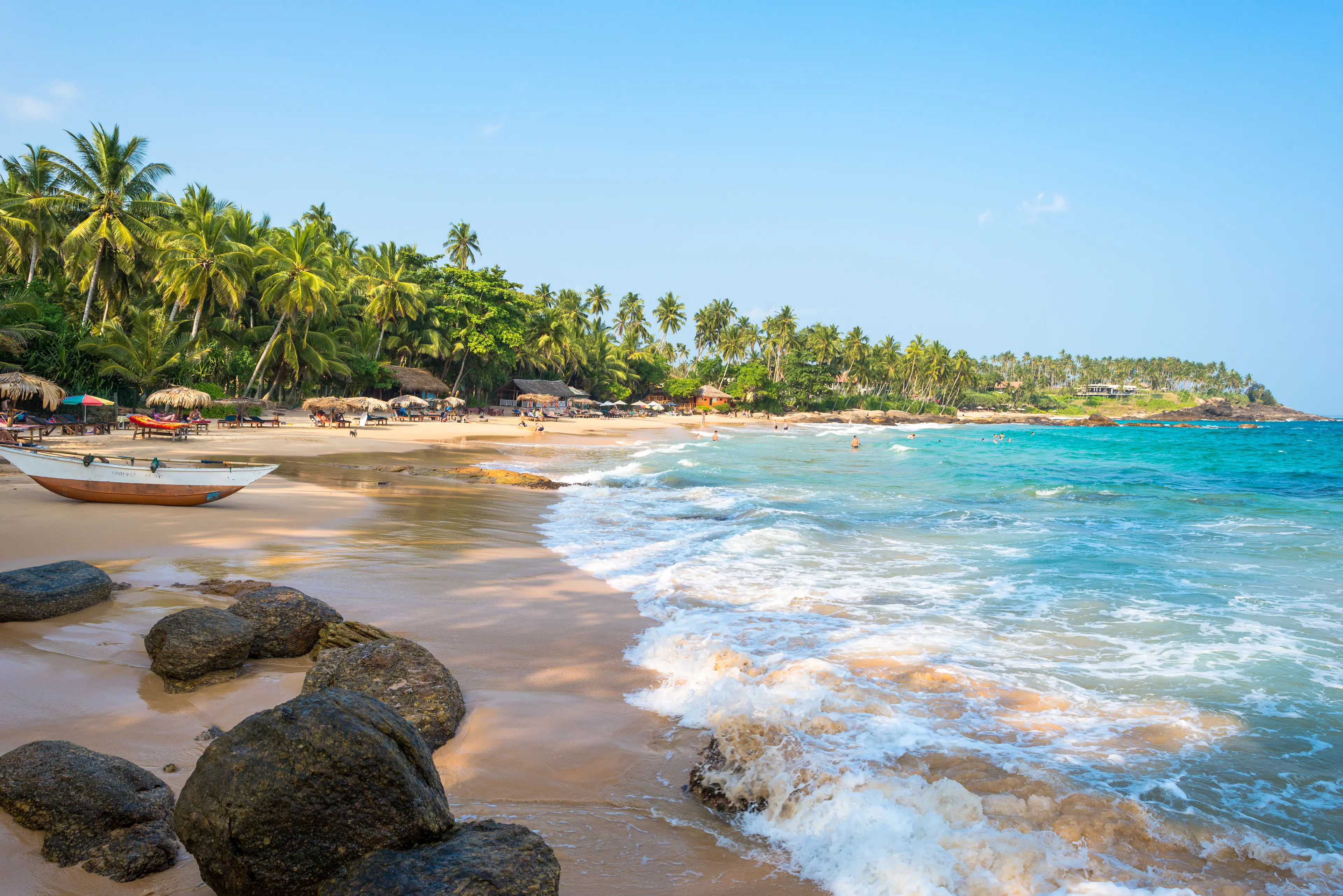
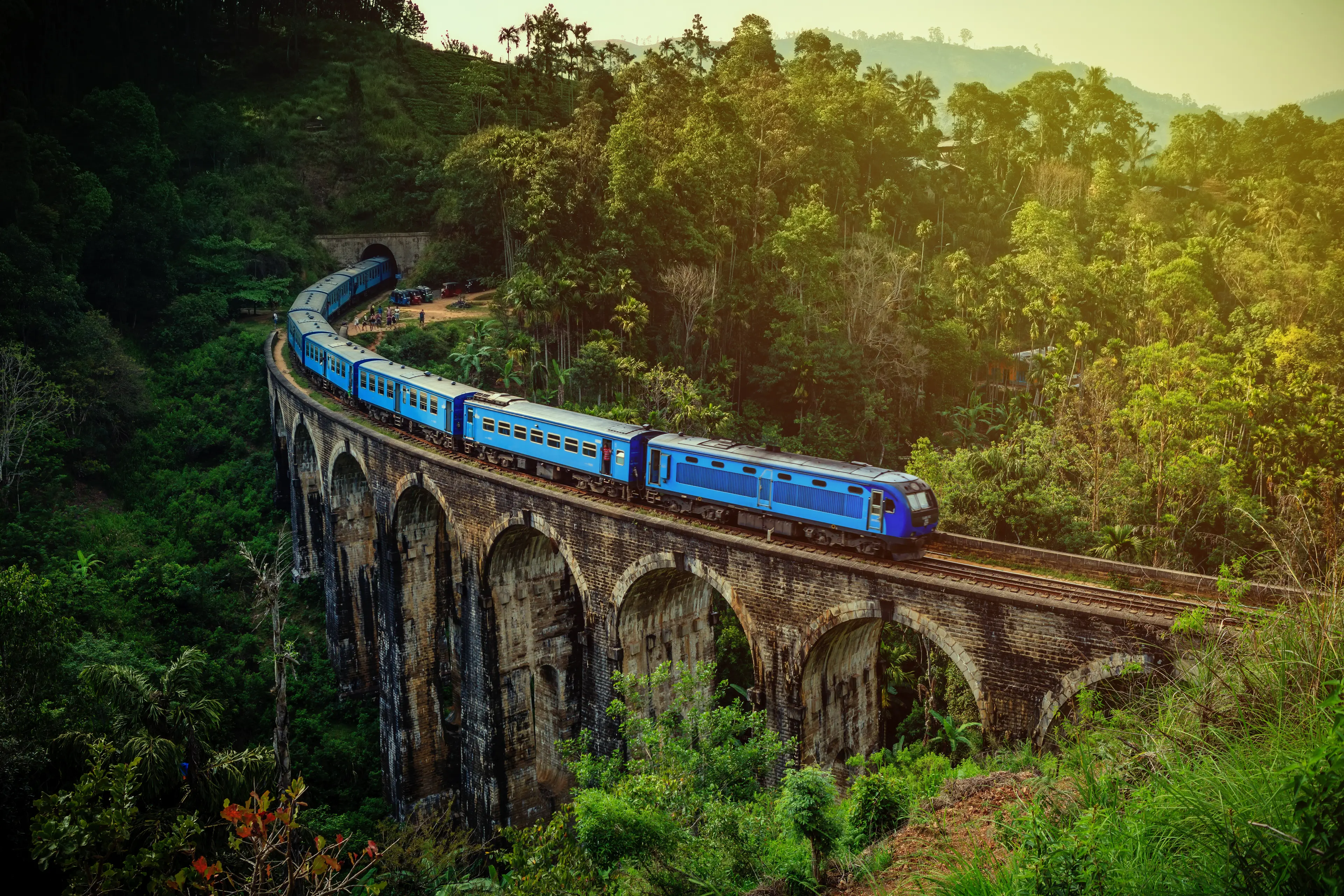
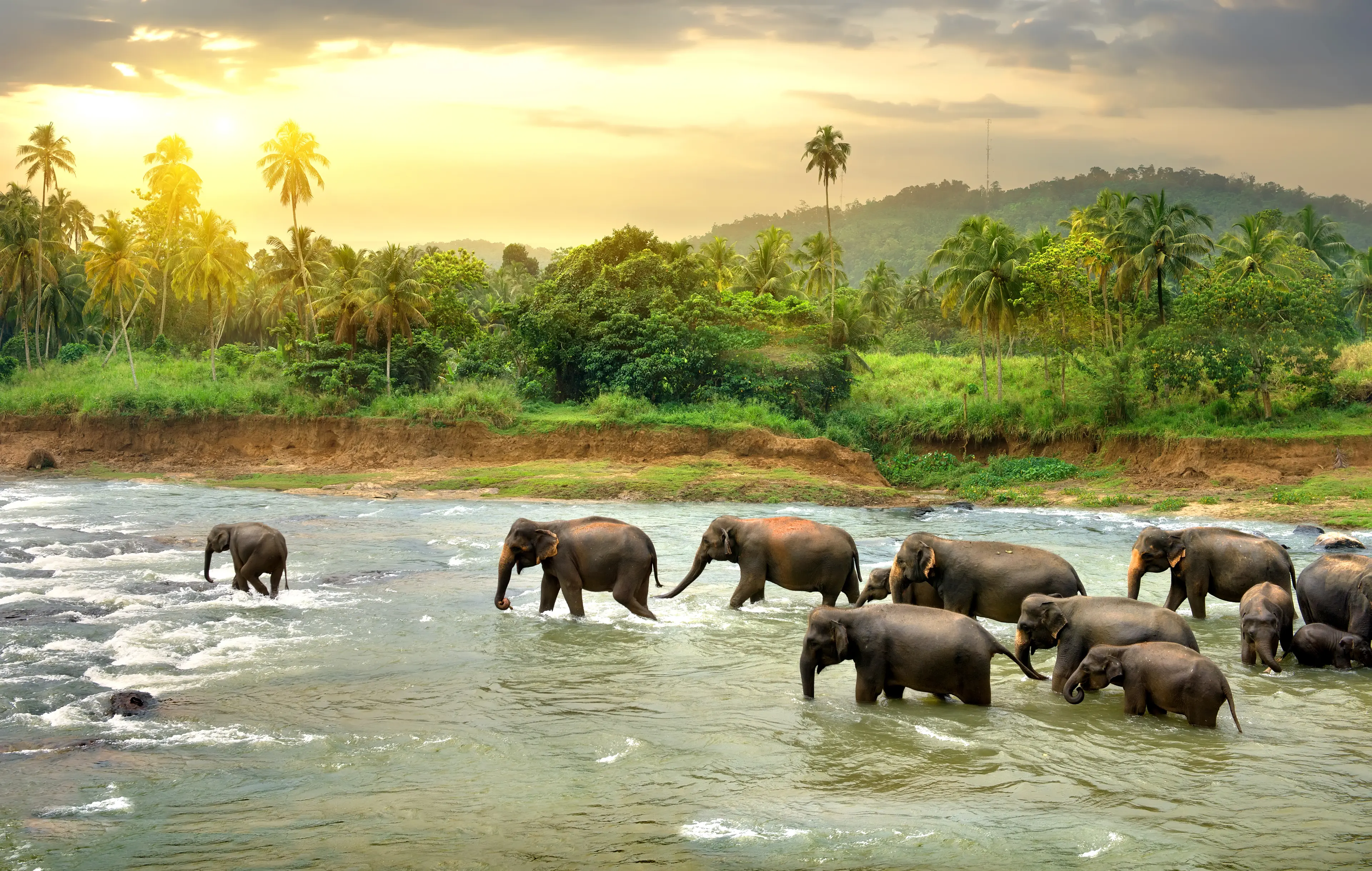
About Sri Lanka
Discover the enchanting island paradise of Sri Lanka, a gem in the Indian Ocean. Experience its rich history by exploring ancient temples, UNESCO World Heritage Sites, and the bustling city of Colombo. Sri Lanka's diverse landscapes offer pristine beaches, lush tea plantations, and wildlife-rich national parks. Embark on a thrilling safari to spot elephants, leopards, and exotic bird species. Indulge in the local cuisine, a flavorful blend of spices and coconut. Enjoy the warm hospitality of the locals and immerse yourself in their vibrant culture and traditions. Whether you're seeking adventure, relaxation, or cultural exploration, Sri Lanka offers an unforgettable journey.
2-Day Itinerary
Day 2
Discovering Dambulla and Polonnaruwa
Morning
Start your second day with a visit to the Dambulla Cave Temple. This temple complex houses a series of five caves, each filled with beautiful murals and statues of Buddha.
Lunch
Enjoy a picnic lunch by the lake. Pack some local snacks like short eats, roti, and fresh fruits.
Afternoon
In the afternoon, visit the Ancient city of Polonnaruwa. Explore the ruins of the royal palace, temples, and statues. Don't miss the Gal Vihara, a rock temple with four Buddha statues.
Dinner
For dinner, try some of the street food options. Kottu, egg hoppers, and string hoppers are some of the popular choices.
Evening
End your day with a visit to the local market. It's a great place to buy souvenirs and experience the local culture.
Attractions in Itinerary (4)
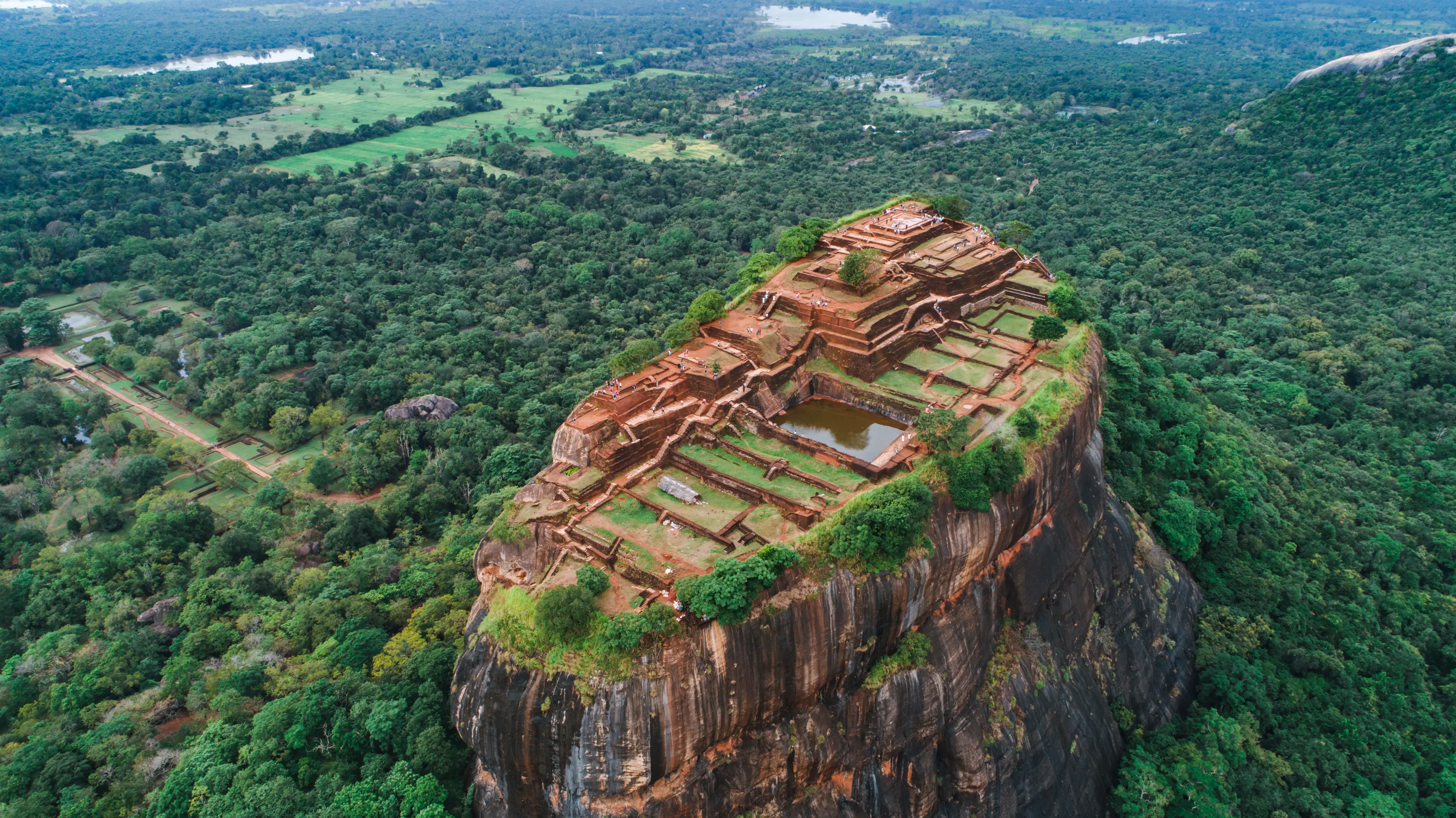
1Sigiriya Rock Fortress
An ancient rock fortress and palace ruin surrounded by the remains of an extensive network of gardens, reservoirs, and other structures. It is a UNESCO World Heritage Site.
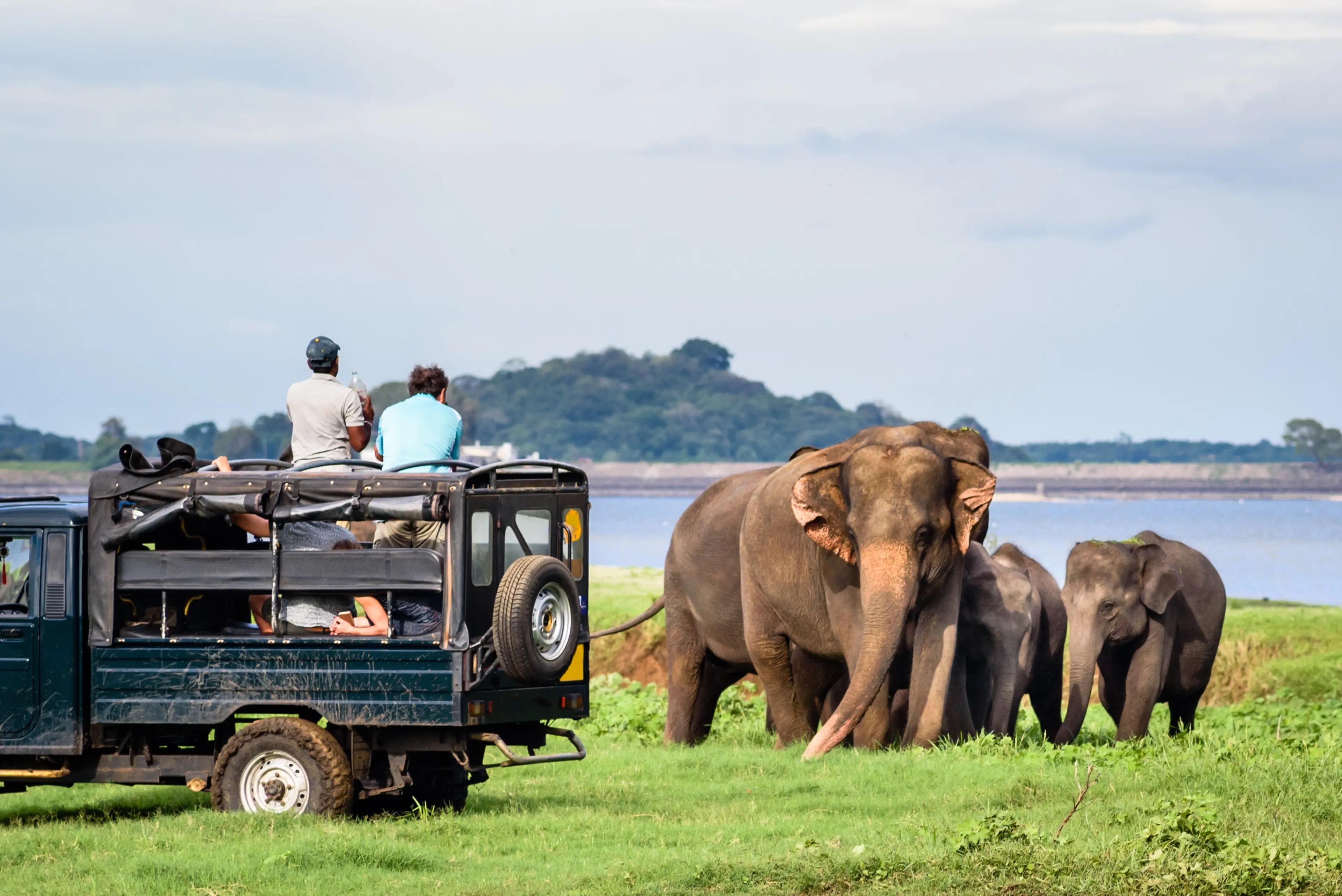
2Minneriya National Park
A national park famous for its large population of elephants. It also hosts a variety of bird species and offers safari tours.
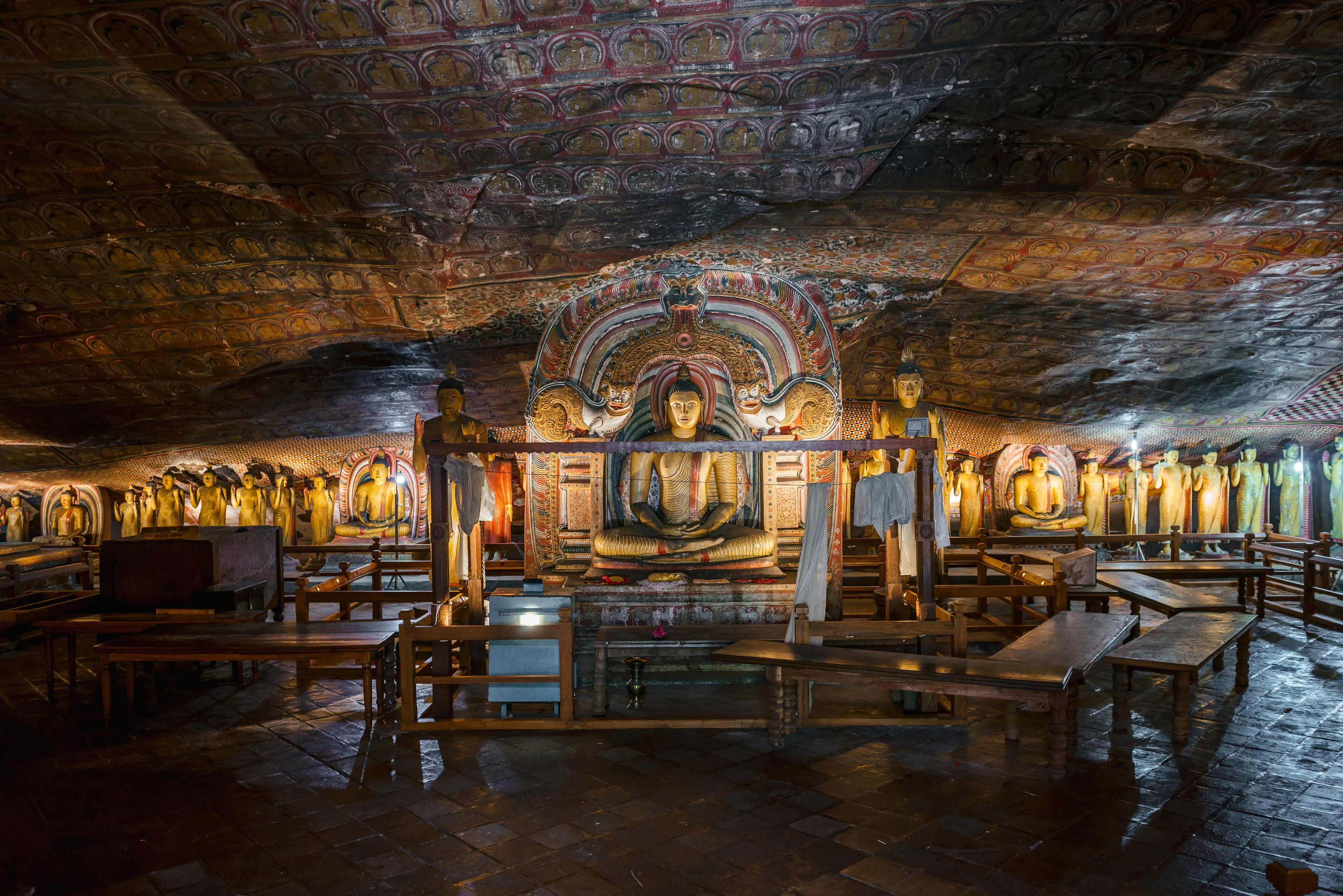
3Dambulla Cave Temple
A World Heritage site, this temple complex dates back to the first century BC and has five caves under a vast overhanging rock.
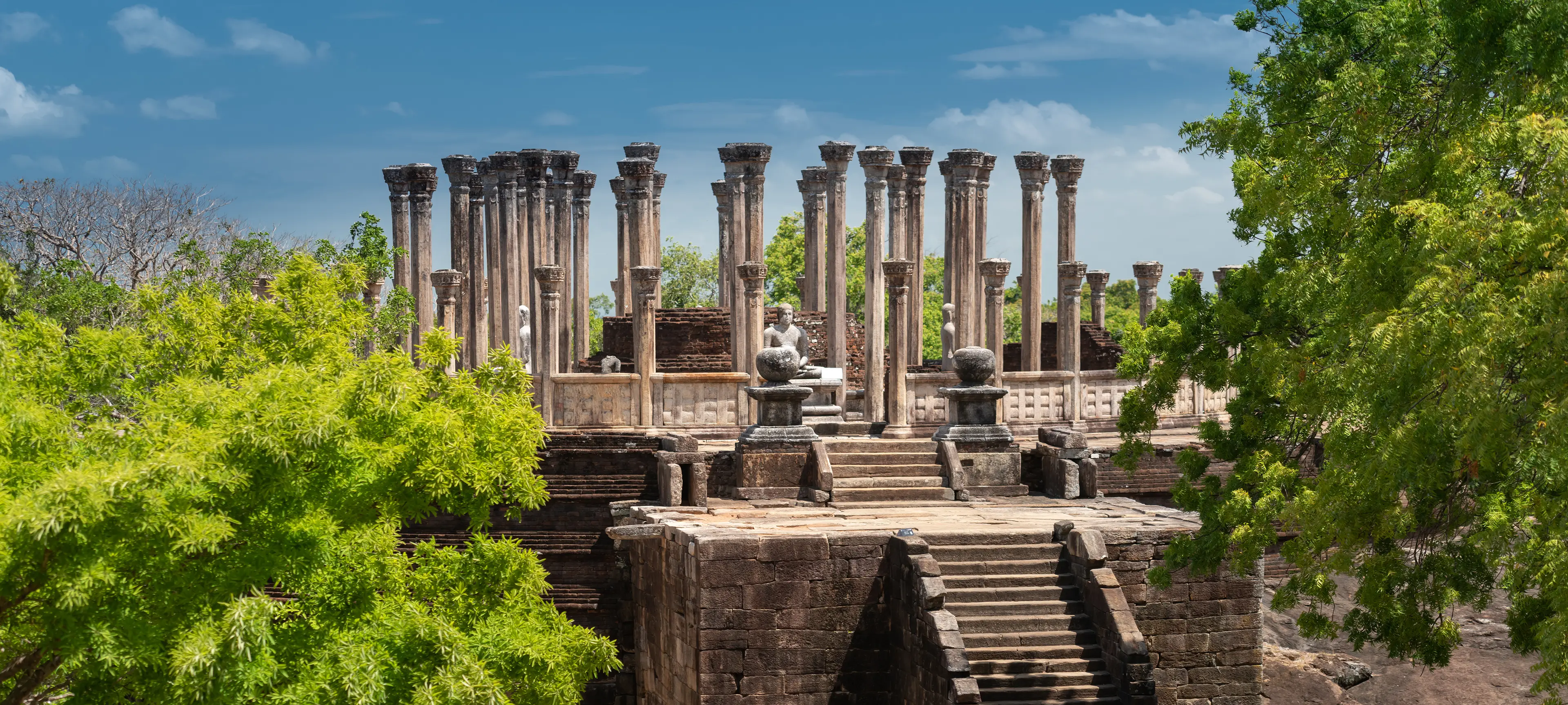
4Ancient city of Polonnaruwa
The Ancient city of Polonnaruwa is one of the most important archaeological relics in Sri Lanka. It was the second capital of Sri Lanka after the destruction of Anuradhapura in 993. It comprises, besides the Brahmanic monuments built by the Cholas, the monumental ruins of the fabulous garden-city created by Parakramabahu I in the 12th century.
Local Food and Drinks (12)
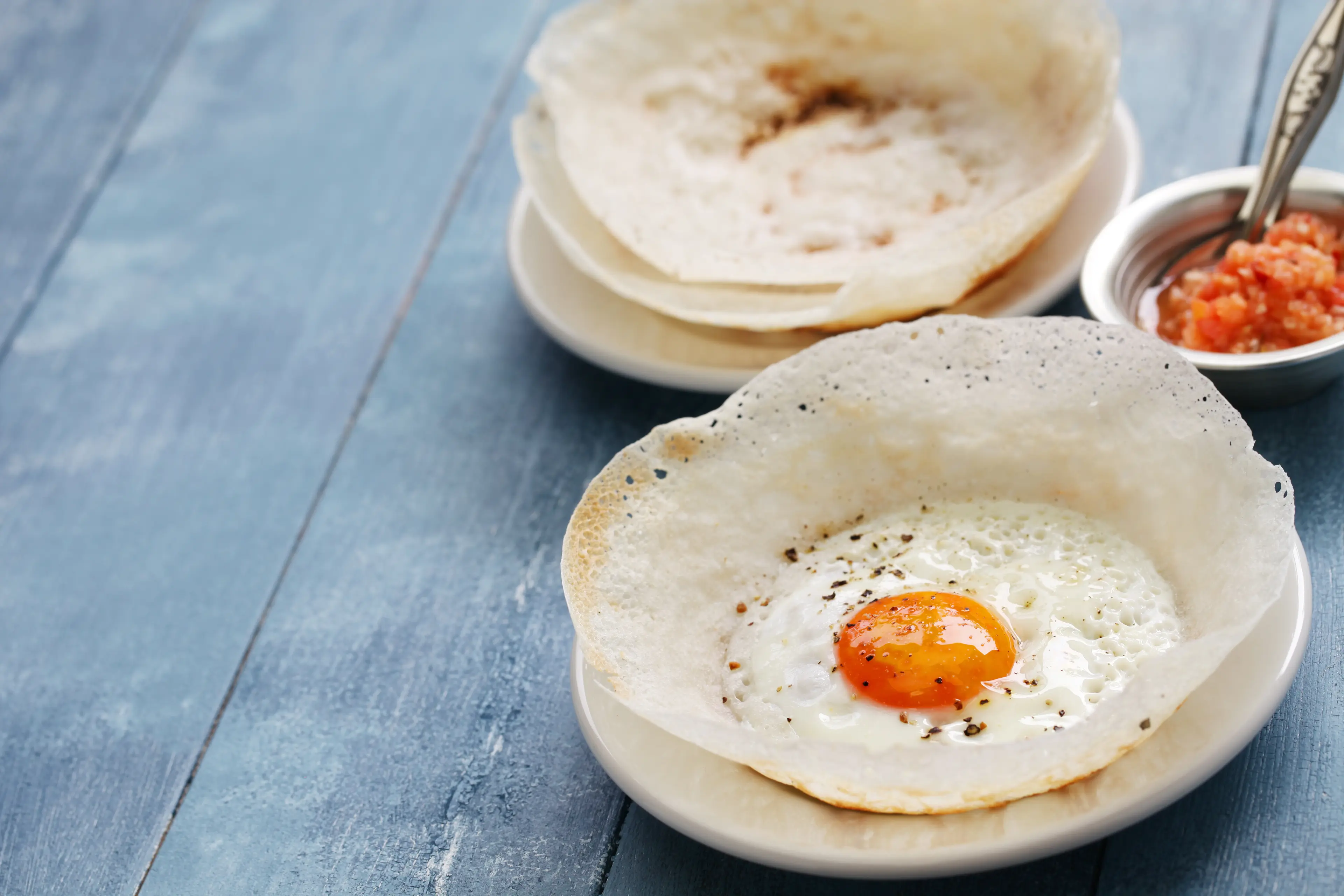
Hoppers
A popular Sri Lankan breakfast dish, hoppers are a type of pancake made from fermented rice flour and coconut milk. They are often served with a variety of toppings such as egg, honey, or savory sambol.
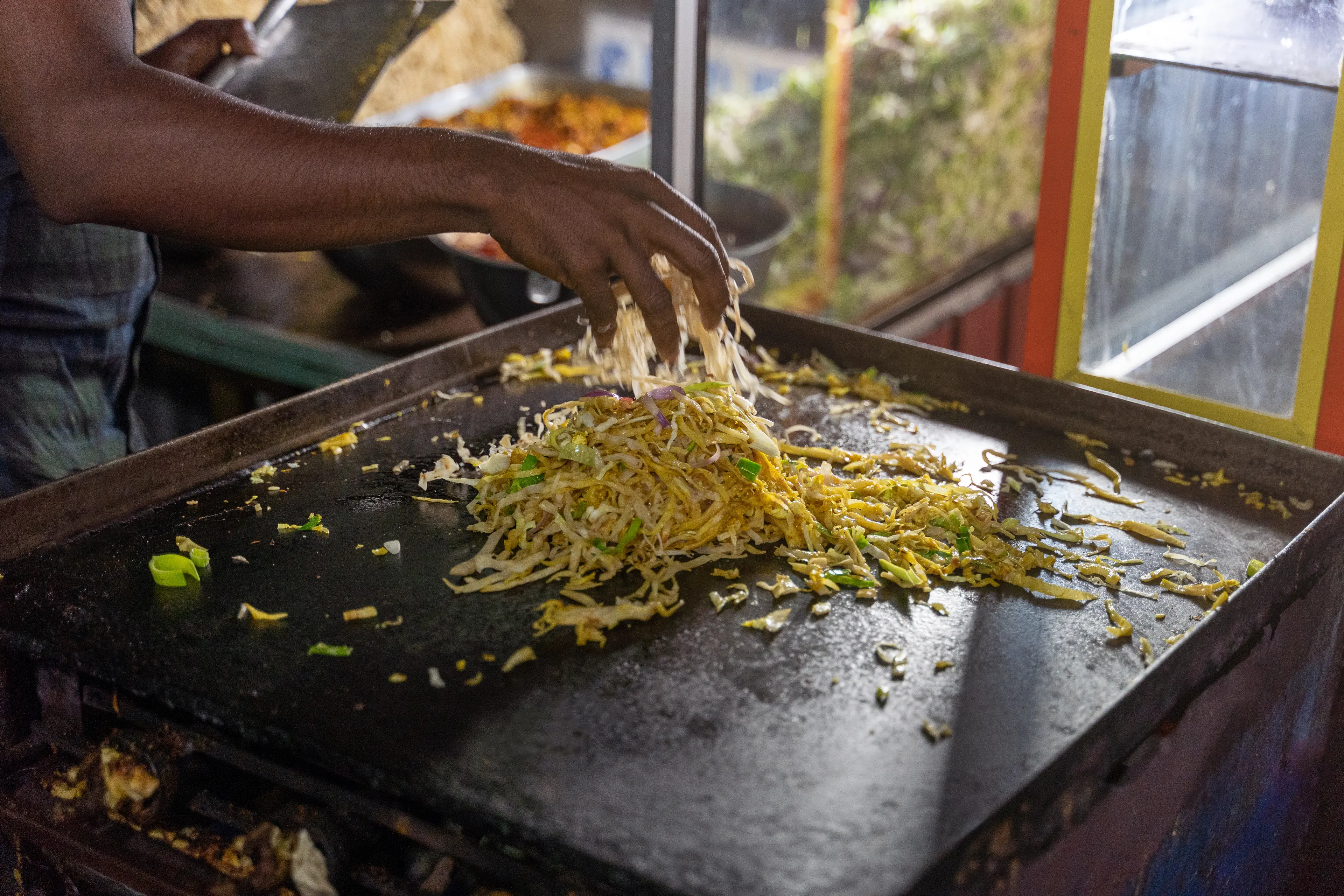
Kottu
Kottu is a popular street food in Sri Lanka, made from godhamba roti (a type of Sri Lankan roti) and vegetables, egg and/or meat, and spices. It is a must-try for its unique preparation method and delicious taste.
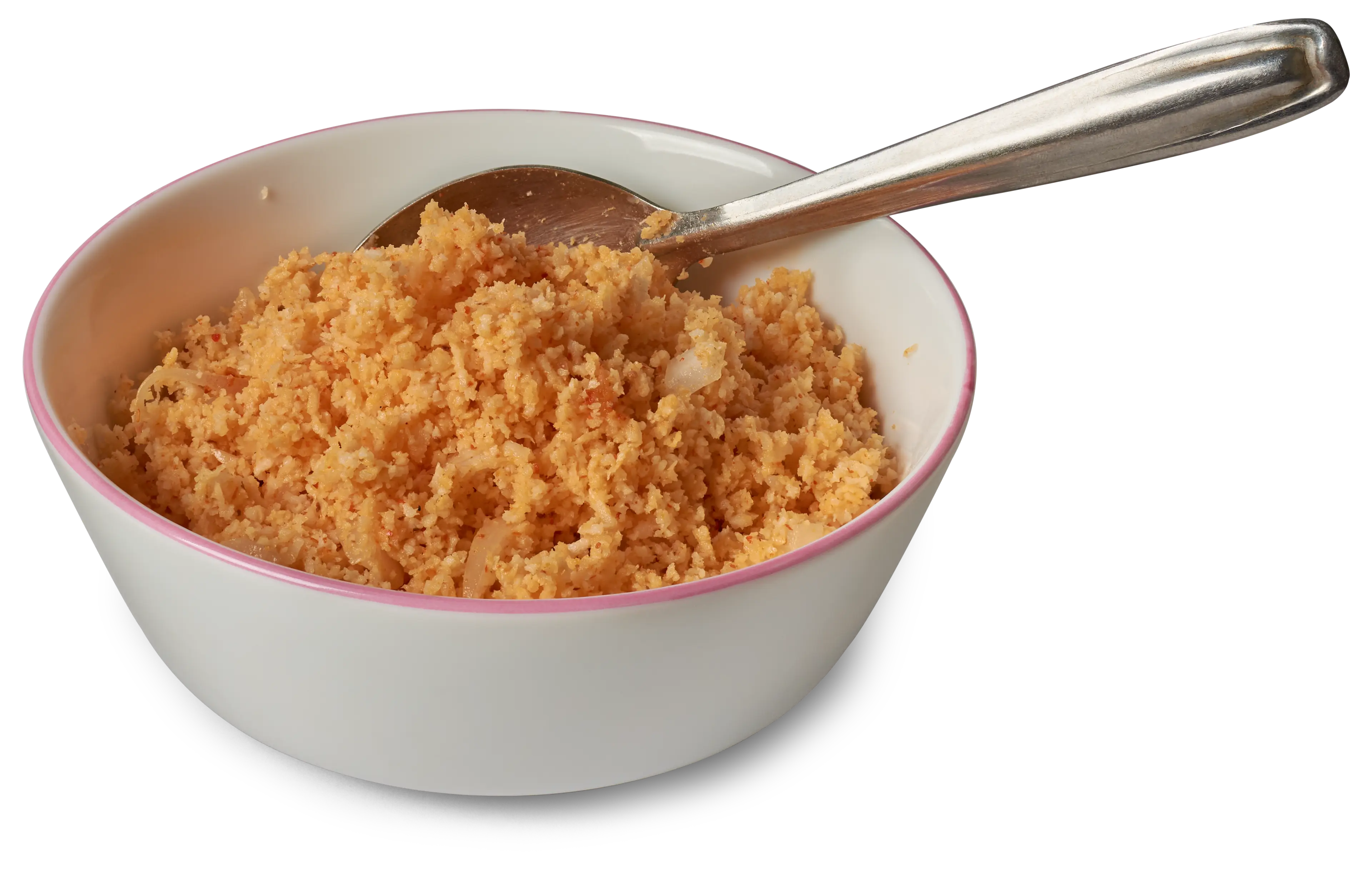
Pol Sambol
Pol Sambol is a traditional Sri Lankan dish made from grated coconut, red onions, dried whole chilies, lime juice, salt and Maldive fish. It's a staple condiment in Sri Lankan cuisine and is often served with rice and curries.
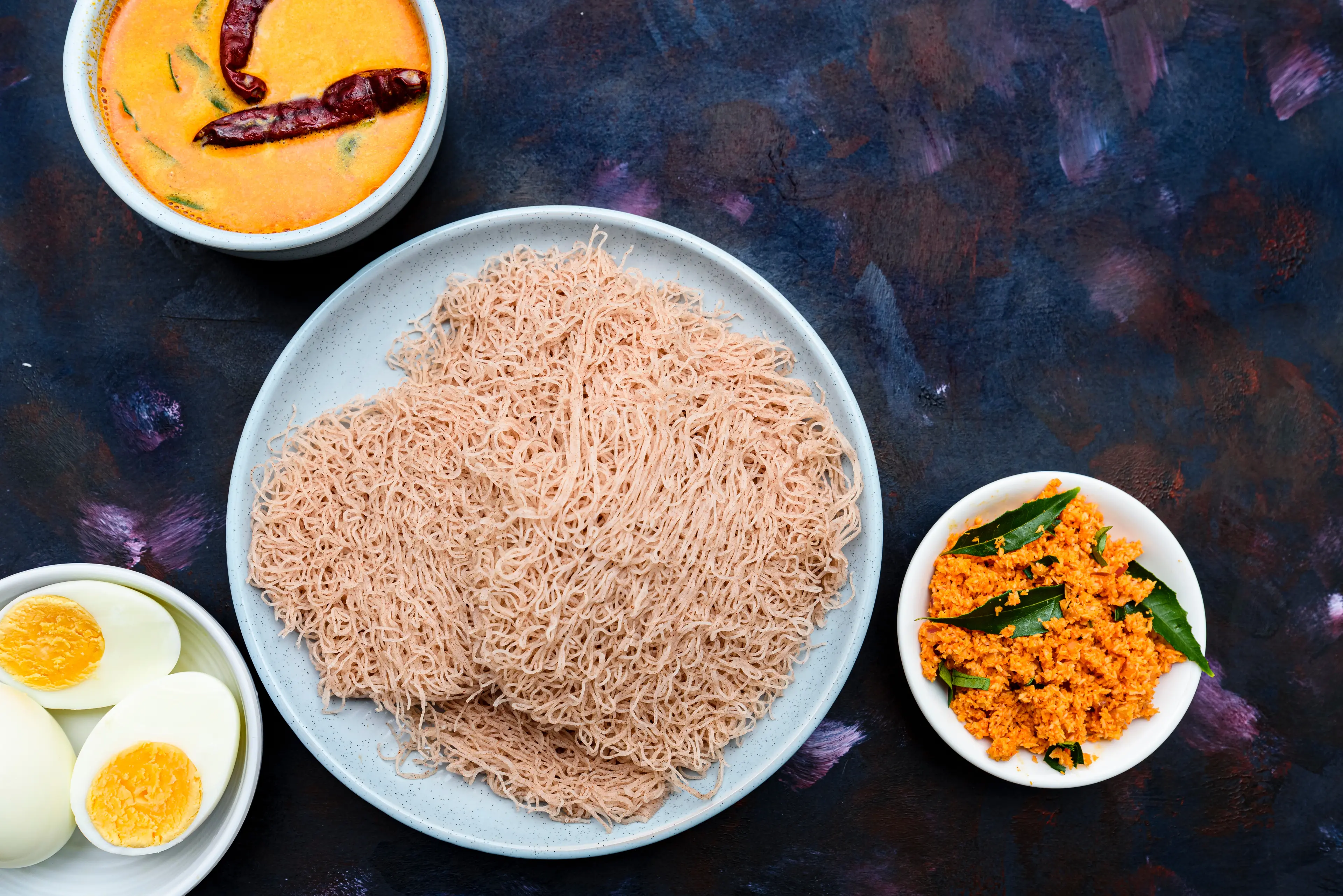
String Hoppers
String Hoppers are a traditional Sri Lankan dish made from rice flour pressed into noodle form and then steamed. They are typically served for breakfast with dhal curry and coconut sambol.
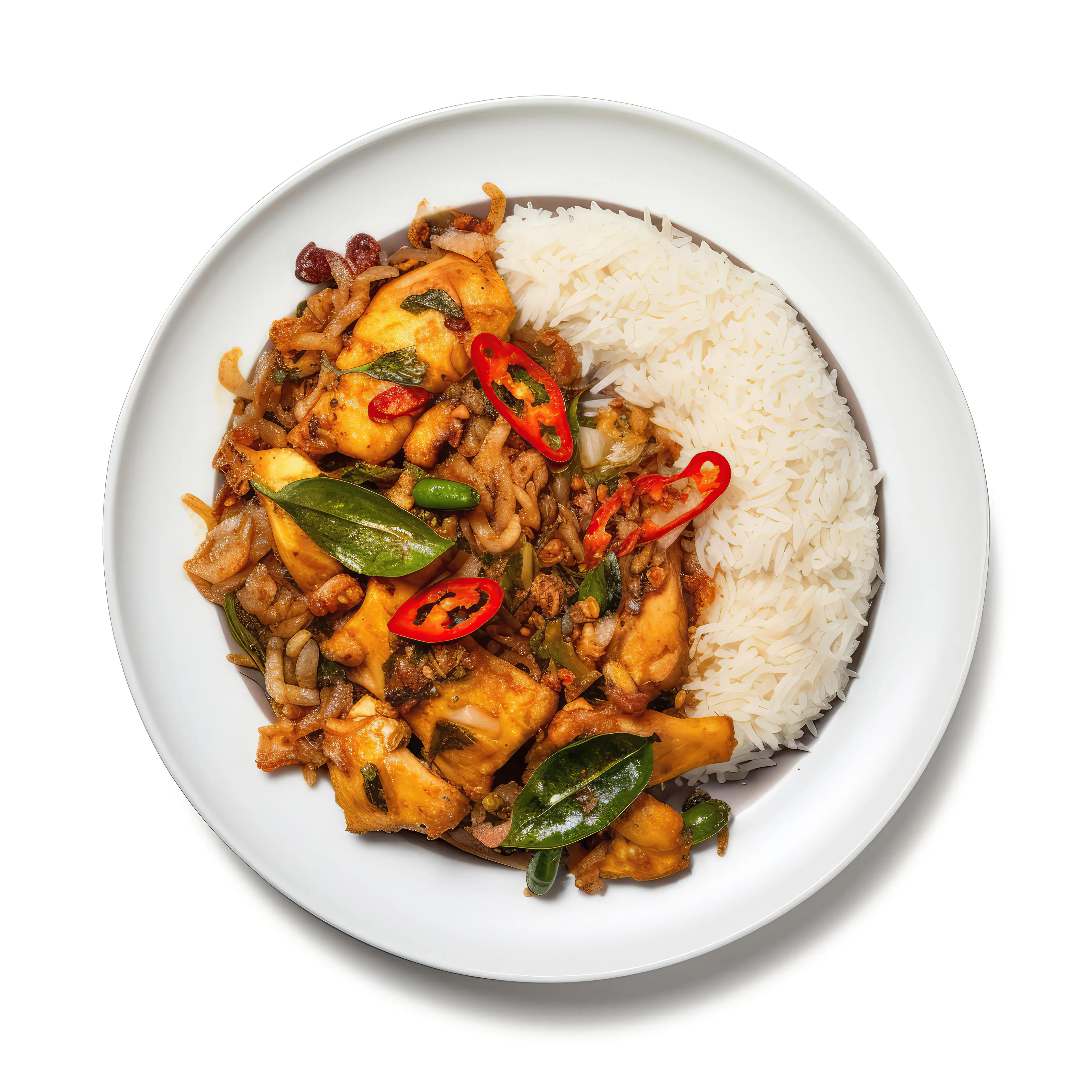
Fish Ambul Thiyal
Fish Ambul Thiyal is a sour fish curry dish native to Sri Lanka, where chunks of fish are sautéed in a blend of spices including black pepper, cinnamon, turmeric, garlic, pandan leaves and curry leaves.
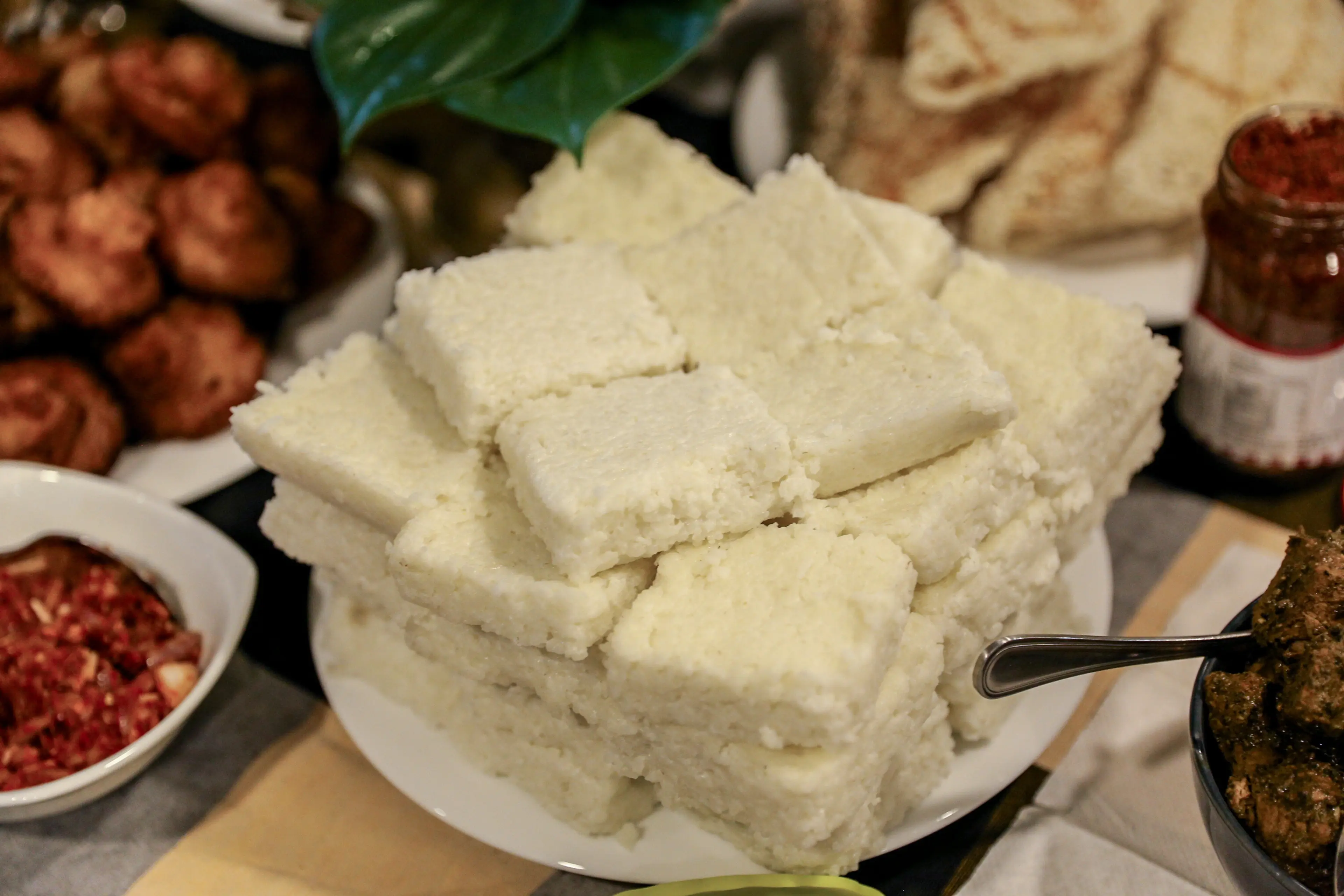
Kiribath
Kiribath is a traditional Sri Lankan dish made from rice and coconut milk. This dish is often served during special occasions and is considered a symbol of auspicious moments in Sri Lankan culture.
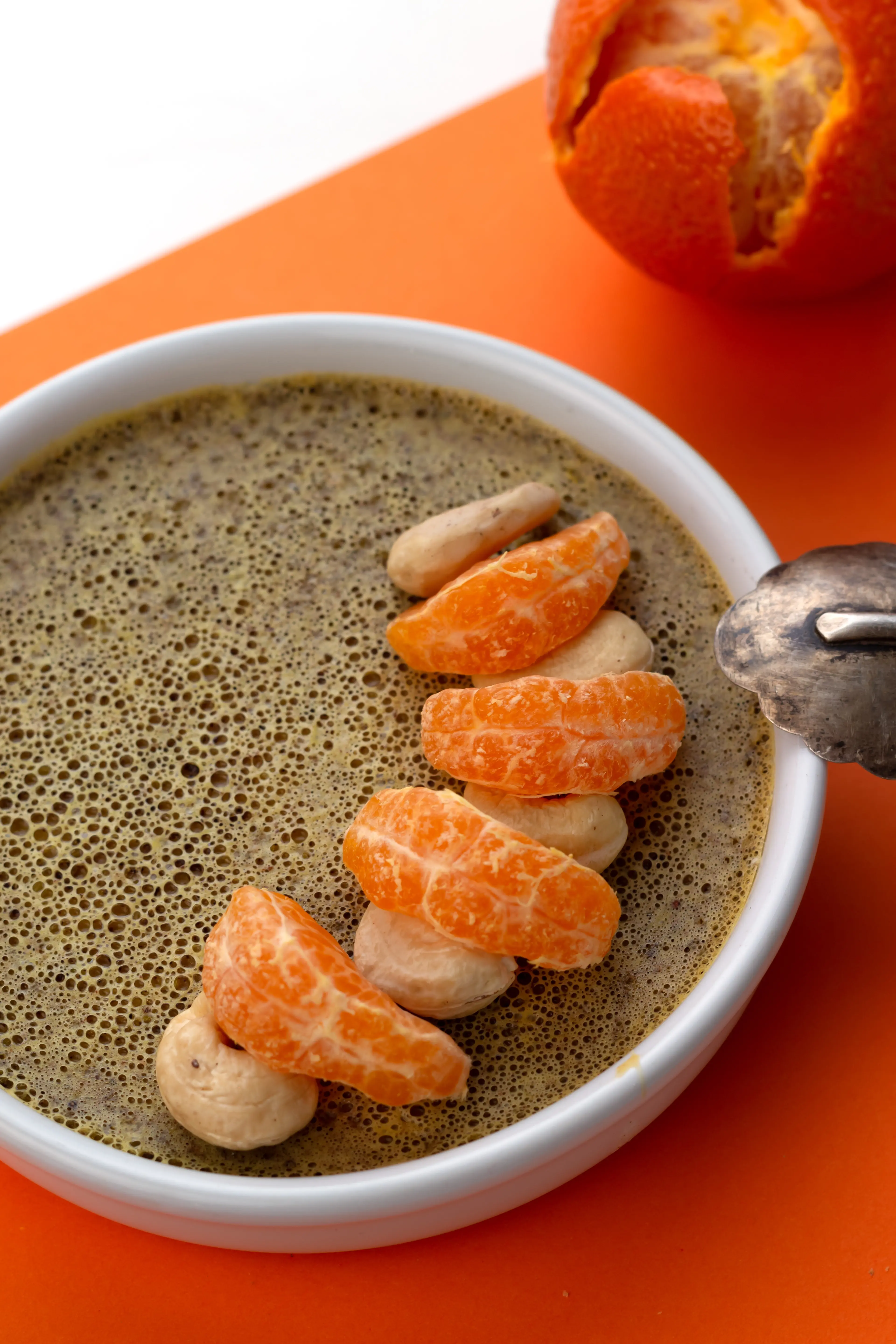
Watalappan
Watalappan is a famous traditional dessert in Sri Lanka, made from coconut milk, jaggery, cashew nuts, eggs, various spices and sometimes kithul treacle.
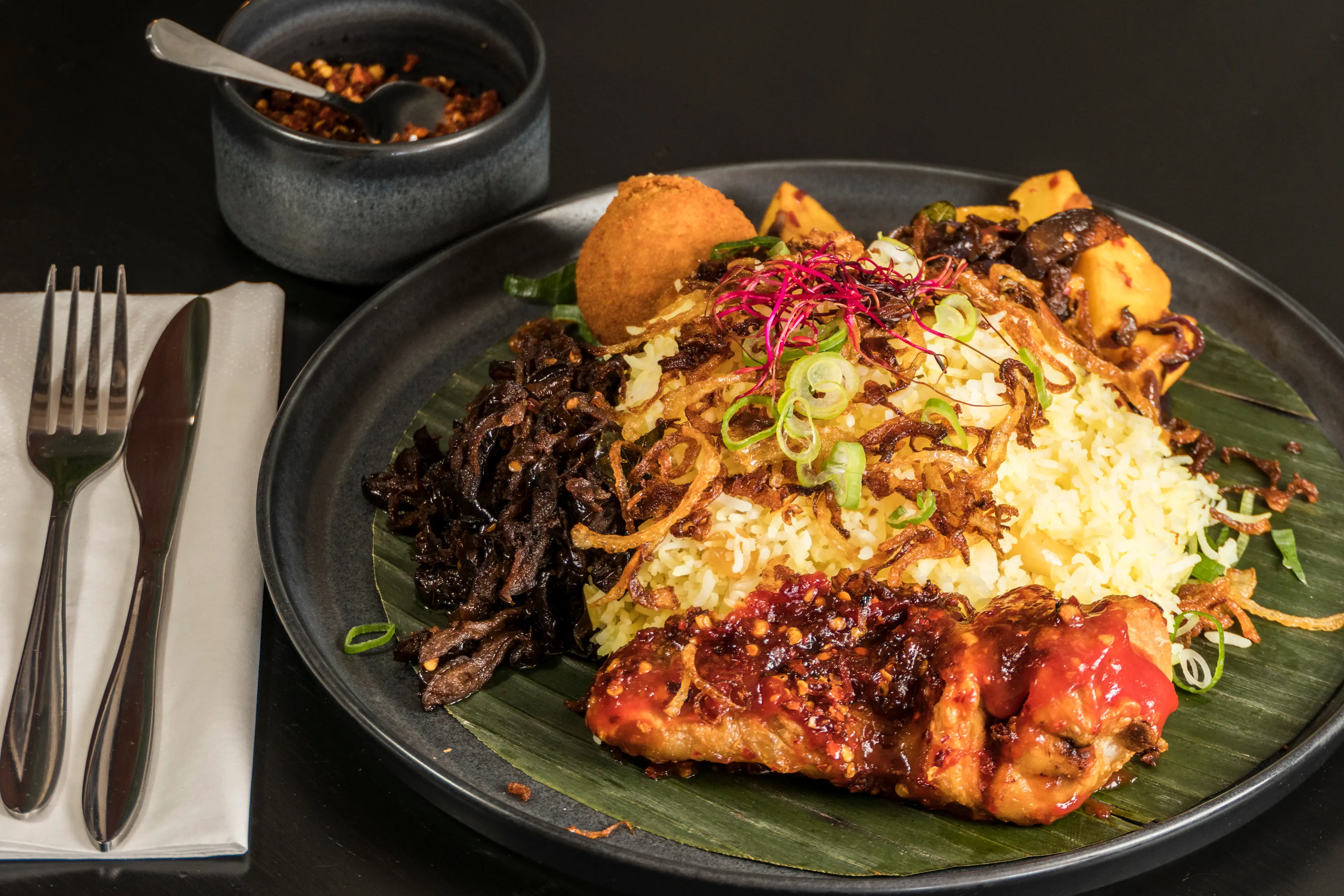
Lamprais
Lamprais is a Dutch Burgher-influenced dish, that is very popular in Sri Lanka. It consists of a special curry baked in a banana leaf with rice, meat, frikkadels (Dutch-style meatballs), and sambol.

Pittu
Pittu is a popular Sri Lankan dish made from a mixture of freshly ground rice flour and shredded coconut, then steamed in a bamboo mould. It is often served with fish curry or coconut milk.
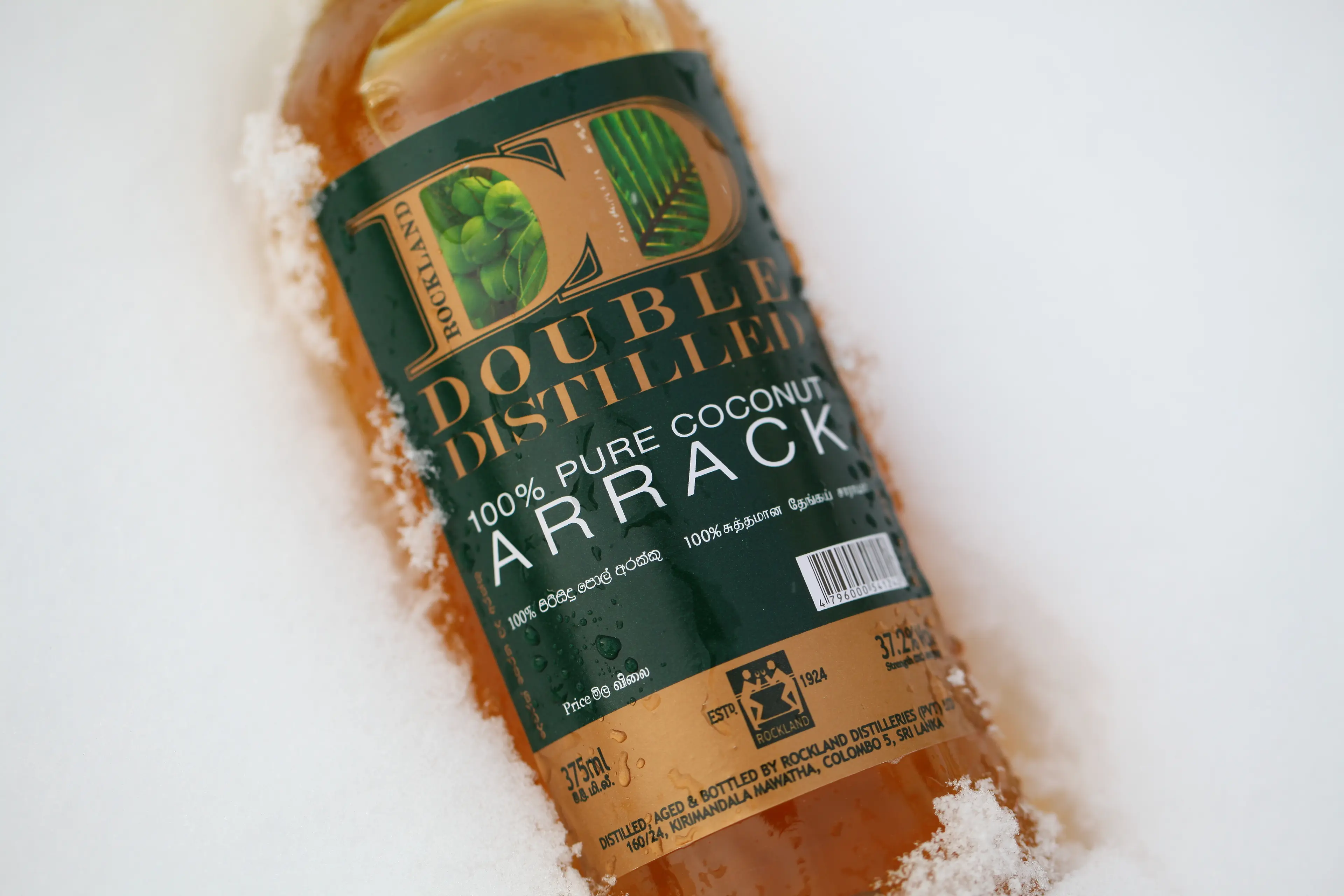
Arrack
Arrack is a traditional alcoholic beverage in Sri Lanka, made from the fermented sap of coconut flowers or sugarcane. It is often enjoyed neat or as a cocktail.
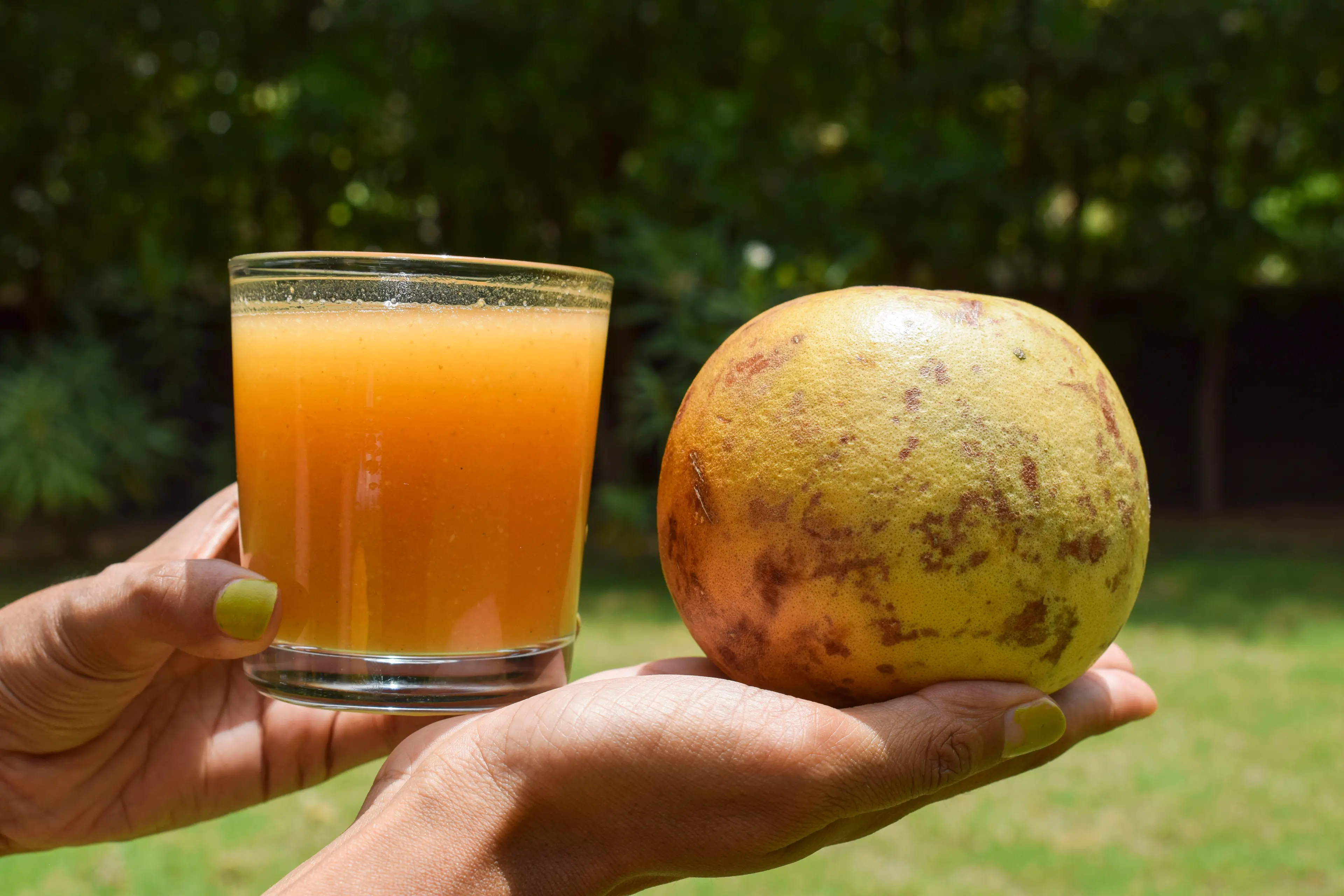
Wood Apple Juice
Wood Apple Juice is a popular non-alcoholic beverage in Sri Lanka, made from the pulp of the wood apple fruit, sugar, and water or milk. It has a sweet and sour taste and is often served chilled.

Thambili
Thambili, also known as King Coconut, is a native variety of coconut in Sri Lanka. Its sweet water is a popular thirst quencher and is often sold by roadside vendors.
Best time to visit
The best time to visit Sri Lanka largely depends on which part of the country you're planning to explore, as the island experiences two monsoon seasons. If you're heading to the west and south coasts as well as the hill country, the best time is between December and March. However, if you're planning to visit the east and north regions, the ideal time is from April or May to September. Overall, Sri Lanka is a year-round destination with consistently warm temperatures and abundant sunshine.
How to get around
Train
Train travel in Sri Lanka is both a beautiful and affordable way to see the country, and no trip is more scenic than the journey from Colombo to Ella. The train goes through stunning landscapes of green and lush tea plantations and mountain views.
Bus
Buses are a common mode of transportation in Sri Lanka. They are a cheap way to get around, but can be crowded and less comfortable than other options. There are both government-run and private buses, with the private ones generally being faster and more expensive.
Tuk-Tuk
Tuk-tuks, also known as three-wheelers, are a popular mode of transportation in Sri Lanka. They are ideal for short distances within cities and towns. Always negotiate the price before the journey.
Taxi
Taxis are available in major cities and towns. They are more expensive than tuk-tuks but are more comfortable and safer. It's advisable to use metered taxis or agree on the fare before starting the journey.
Car Rental
Renting a car and driving yourself is not recommended due to the chaotic traffic conditions in Sri Lanka. However, you can hire a car with a driver for a more relaxed and comfortable way of traveling around the country.
Ridesharing
Ridesharing services like Uber and PickMe are available in major cities like Colombo and Kandy. They offer a convenient and affordable way to get around, and fares can be estimated in advance through the app.
Bicycle
Bicycles are a great way to explore the local area, especially in places like Galle and the countryside. Many hotels offer bicycle rental services.
Domestic Flight
For long distance travel, domestic flights are available. Sri Lanka has an extensive network of domestic airports. This is the quickest but also the most expensive way to travel around the country.
Foot
Walking is a great way to explore Sri Lanka's cities and towns at your own pace. Many areas have pedestrian-friendly streets and there are plenty of walking tours available.
Ferry
Ferries are used to travel between islands and to cross lakes and lagoons. They are a slow but scenic way to travel.
Important information
Currencyරු LKR
Time zoneUTC+5.5
Driving sideLeft
Emergency phone1 691095, 699935
Drinking waterOpt for bottled water
Power sockets
Voltage230 V
Things to know about Sri Lanka as a first time visitor
1
Sri Lanka's official languages are Sinhala and Tamil, but English is widely spoken in major cities and tourist areas.
2
The country's currency is the Sri Lankan Rupee (LKR). Credit cards are accepted in most places, but it's good to have some cash on hand for smaller vendors.
3
Sri Lanka is predominantly Buddhist, with significant Hindu, Muslim, and Christian populations. Respect for all religious customs and places of worship is important.
4
The country has a tropical climate, with average temperatures ranging from 81°F (27°C) in coastal areas to 61°F (16°C) in the highlands.
5
Sri Lanka has two monsoon seasons: the Yala monsoon (May to August) affects the west and south coasts, and the Maha monsoon (October to January) affects the east coast and northern region.
6
Public transportation is widely available and includes buses, trains, and three-wheelers (tuk-tuks). However, they can be crowded and may not adhere to strict schedules.
7
Sri Lanka is generally safe for tourists, but it's advisable to take standard precautions such as not displaying valuable items openly and avoiding isolated areas at night.
8
The country's cuisine is rich and diverse, with rice and curry being a staple. It can be quite spicy, so let your server know your spice preference.
9
Tap water is not safe to drink. Always opt for bottled water, and avoid ice in your drinks unless you're sure it's made from purified water.
10
Sri Lanka operates on Sri Lanka Standard Time (SLST), which is 5 hours and 30 minutes ahead of Greenwich Mean Time (GMT+5:30).
11
The country has a strict policy against the mistreatment of Buddhist images and artifacts, which includes tattoos or clothing with Buddha images.
12
Sri Lanka has a zero-tolerance policy towards drugs, and penalties can be severe.
13
It's customary to remove your shoes and hats when entering temples and other religious sites.
14
Sri Lanka uses Type D and Type G plugs. The standard voltage is 230 V, and the standard frequency is 50 Hz.
15
The country has a diverse wildlife population, but it's important to maintain a safe distance from wild animals and not to feed them.
16
Sri Lanka has a strong tradition of Ayurveda, a system of medicine with historical roots in the Indian subcontinent. Trying an Ayurvedic treatment can be a unique experience.
17
The country's dress code is generally conservative, especially in religious sites. It's advisable to cover your shoulders and knees.
18
Sri Lanka has a rich tradition of arts and crafts. When buying souvenirs, look for Fair Trade labels to ensure artisans are paid fairly.
19
The country has a comprehensive healthcare system, but it's advisable to have travel insurance that covers medical evacuation, as some areas lack advanced medical facilities.
20
Sri Lanka is in the process of banning single-use plastics, so bring a reusable water bottle and shopping bag.
Basic Sinhala, Tamil, English to know as a first time visitor
English phrase | Native phrase | Pronunciation | When to use it |
|---|---|---|---|
Hello | Ayubowan | A-yu-bo-wan | Greeting someone |
Goodbye | Gihin Ennam | Gee-hin En-nam | Saying goodbye |
Thank you | Istuti | Is-too-tee | Expressing gratitude |
Yes | Ow | Ov | Agreeing or affirming |
No | Nǣ | Nay | Disagreeing or denying |
Please | Karunakara | Ka-ru-na-ka-ra | Making a polite request |
Excuse me | Samawenna | Sa-ma-wen-na | Getting attention or apologizing |
I don't understand | Mama araḍa nǣ | Mama a-rad-a nay | When you don't understand something |
Do you speak English? | Oba ingreesi katha karanaḍa? | Oba in-gree-si ka-tha ka-ra-na-da? | Asking if someone speaks English |
I'm sorry | Samawenna | Sa-ma-wen-na | Apologizing |
I need help | Mama udāv karanna oni | Mama u-dav ka-ran-na oni | When you need assistance |
Where is the bathroom? | Væssægama kohedha? | Ves-sa-ga-ma ko-he-dha? | Asking for directions to the bathroom |
How much is this? | Meka kiyæda? | Me-ka ki-ya-da? | Asking for the price of something |
I am lost | Mama allǣ vunǣ | Mama al-le vu-ne | When you are lost |
Can I get a taxi? | Mama taksi ekak gænnǣ puluvanda? | Mama tak-si e-kak gen-na pu-lu-van-da? | When you need a taxi |
Where is the hospital? | Rohalaya kohedha? | Ro-ha-la-ya ko-he-dha? | When you need medical assistance |
Can I have the menu, please? | Menuvæ denna puluvanda, karunakara? | Me-nu-va den-na pu-lu-van-da, ka-ru-na-ka-ra? | When you want to see the menu at a restaurant |
Water | Vatura | Va-tu-ra | When you want to order water |
Food | Ahara | A-ha-ra | When you want to order food |
Help! | Udāv karanna! | U-dav ka-ran-na! | When you are in danger and need help |
Packing List
Clothing
Lightweight clothing
Underwear
Socks
Swimwear
Beach cover-up
Sunglasses
Sun hat
Comfortable walking shoes
Evening wear
Rain jacket
Toiletries
Travel-size shampoo and conditioner
Travel-size body wash
Toothbrush and toothpaste
Deodorant
Razor and shaving cream
Sunscreen
Insect repellent
First-aid kit
Prescription medications
Travel-size laundry detergent
Travel documents and essentials
Passport
Visa
Driver's license
Health insurance card
Travel insurance documents
Hotel and car rental reservations
Emergency contacts and addresses
Local currency
Credit and debit cards
Electronics and gadgets
Smartphone
Charger and adapter
Headphones
Camera
Memory card
Portable power bank
Miscellaneous items
Travel pillow
Earplugs and eye mask
Reusable water bottle
Snacks
Books or e-reader
Travel guide and map
Umbrella
Tote or day pack
Weather Conditions
Sri Lanka, a tropical island in the Indian Ocean, experiences warm weather throughout the year with temperatures averaging between 81°F (27°C) and 86°F (30°C). However, the country has two monsoon seasons which can significantly impact your travel plans. From May to August, the Yala monsoon brings rain to the island's southwestern half. If you're planning to visit during this period, consider exploring the north and east coast or the ancient cities in the central part of the country which remain relatively dry. The Maha monsoon season affects the northern and eastern parts of the country from October to January. During this time, the southwestern coast and hill country are ideal for travel as they experience less rainfall. Despite the monsoons, Sri Lanka's weather can be somewhat unpredictable, so it's always a good idea to carry an umbrella or raincoat. Also, remember to stay hydrated and use sunscreen, as the tropical sun can be quite strong, even on cloudy days. The central highlands of Sri Lanka are cooler, with temperatures averaging around 59°F (15°C). If you're visiting places like Nuwara Eliya or Ella, pack some warm clothing for the cooler evenings. Lastly, the coastal areas can be quite humid, so lightweight, breathable clothing is recommended. Also, if you plan to visit religious sites, remember to dress modestly, covering your shoulders and knees. In conclusion, Sri Lanka's weather varies across the island and throughout the year, so plan your itinerary accordingly and pack a variety of clothing to suit different weather conditions.
| Month | Hi / Lo (°C) | Weather Overview |
|---|---|---|
January | 31° / 22° | January is a great time to visit Sri Lanka, with warm temperatures and lower rainfall. The average temperature ranges from 22°C to 31°C. |
February | 32° / 22° | February is one of the driest months in Sri Lanka, making it an excellent time for outdoor activities. The temperature ranges from 22°C to 32°C. |
March | 33° / 23° | March is a hot month in Sri Lanka, with temperatures ranging from 23°C to 33°C. It's a great time to visit the beaches. |
April | 34° / 24° | April is the hottest month in Sri Lanka, with temperatures ranging from 24°C to 34°C. It's a perfect time to enjoy the country's beautiful beaches. |
May | 33° / 25° | May sees the start of the monsoon season in Sri Lanka, with temperatures ranging from 25°C to 33°C. Despite the rain, the scenery is lush and beautiful. |
June | 32° / 24° | June is a wet month in Sri Lanka, with temperatures ranging from 24°C to 32°C. It's a good time to visit the cultural triangle and the east coast. |
July | 32° / 24° | July is a relatively dry month in Sri Lanka, with temperatures ranging from 24°C to 32°C. It's a good time to visit the cultural sites and wildlife parks. |
August | 32° / 24° | August is a good month to visit Sri Lanka, with temperatures ranging from 24°C to 32°C. The weather is generally dry, making it ideal for outdoor activities. |
September | 32° / 24° | September is a transitional month in Sri Lanka, with temperatures ranging from 24°C to 32°C. The weather can be unpredictable, but it's a good time to visit the wildlife parks. |
October | 31° / 24° | October is the start of the second monsoon season in Sri Lanka, with temperatures ranging from 24°C to 31°C. Despite the rain, it's a good time to visit the east coast. |
November | 31° / 23° | November is a wet month in Sri Lanka, with temperatures ranging from 23°C to 31°C. It's a good time to visit the cultural triangle and the east coast. |
December | 31° / 22° | December is a popular month to visit Sri Lanka, with temperatures ranging from 22°C to 31°C. The weather is generally dry, making it ideal for outdoor activities. |
Did you know?
Places near by Sri Lanka
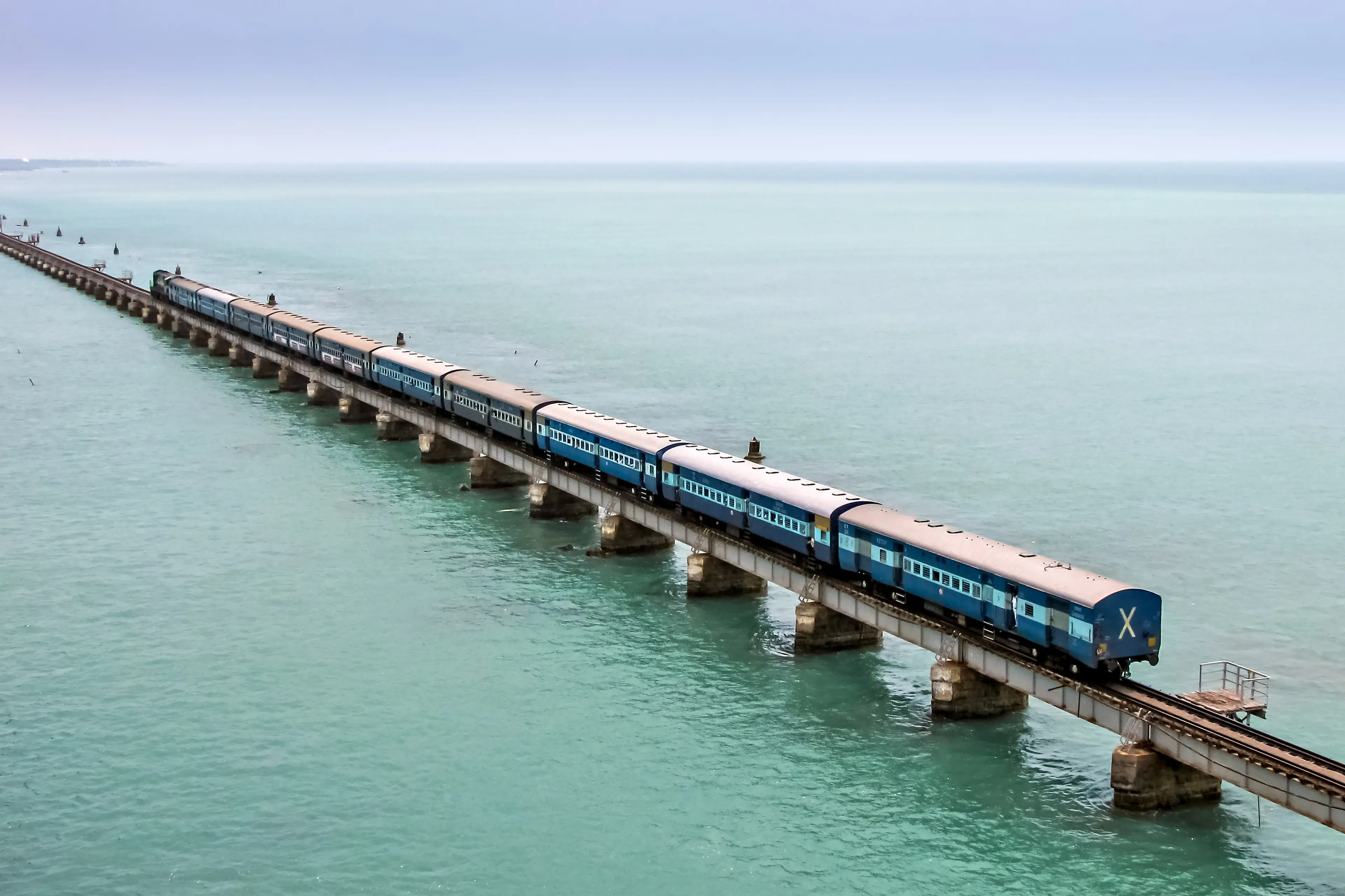
Rameswaram
A town on Pamban Island known for Ramanathaswamy Temple, a Hindu pilgrimage site.
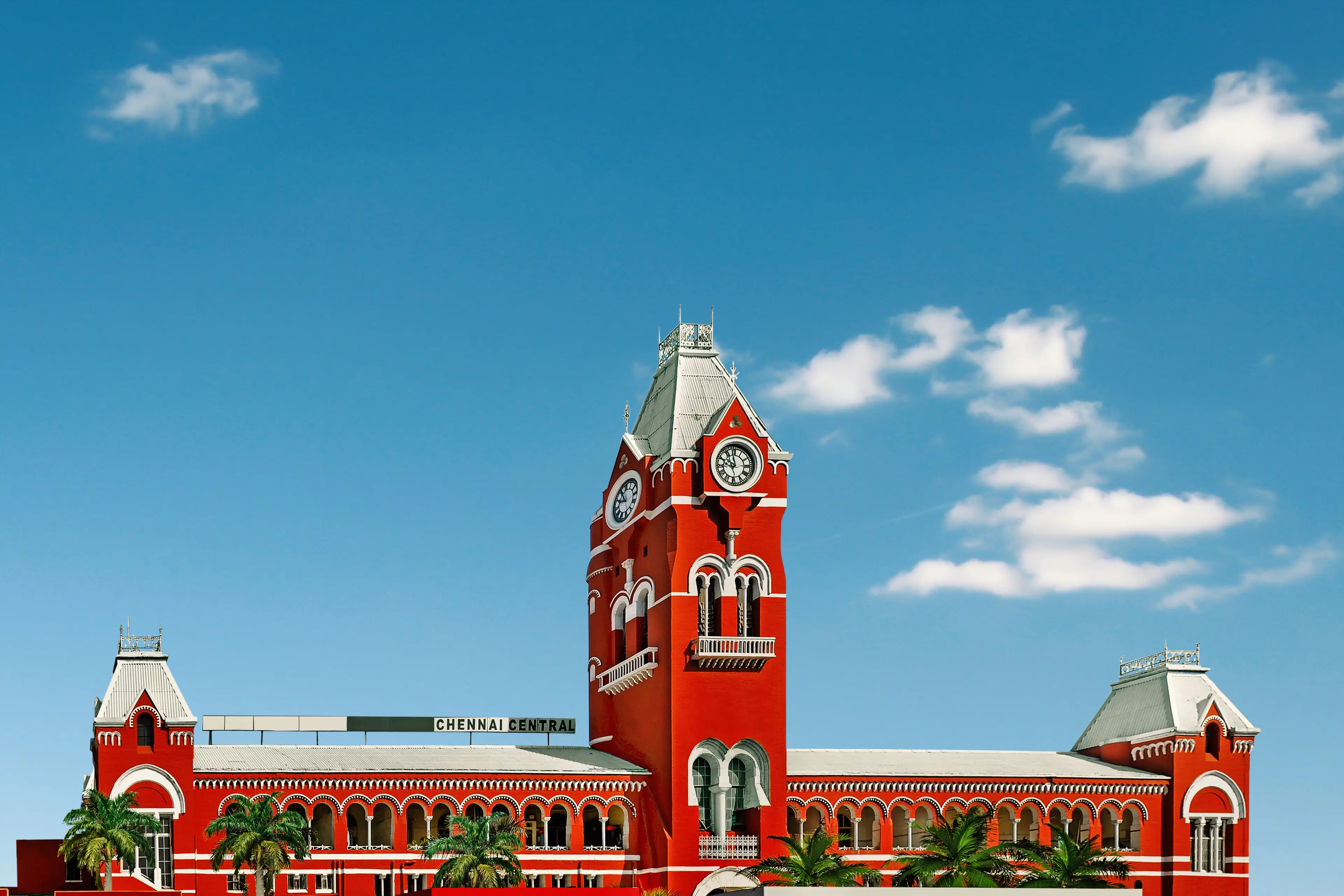
Chennai
Known for its British colonial architecture, Chennai is a major city in India.

Maldives
A tropical paradise known for its beaches, blue lagoons and extensive reefs.
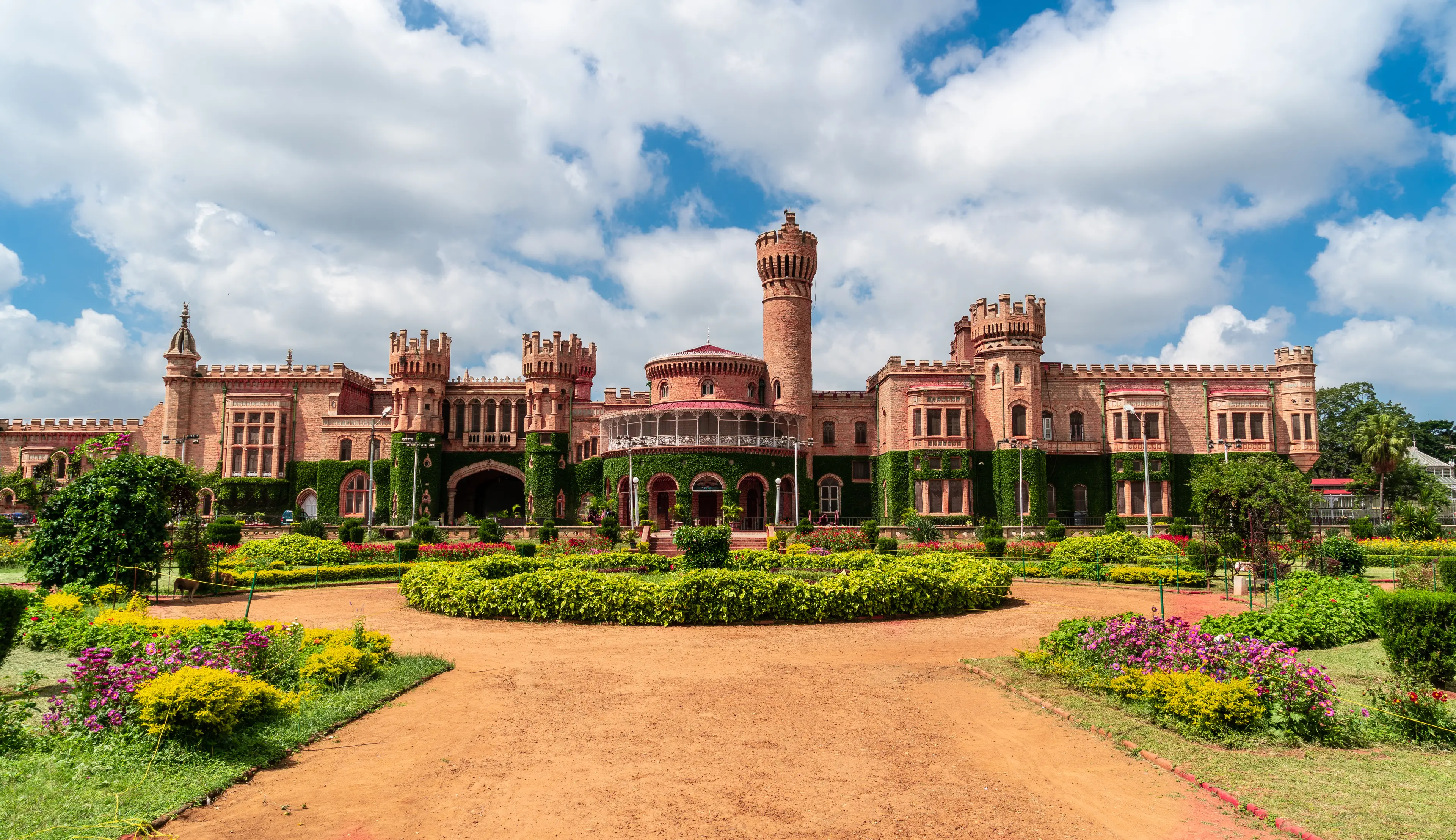
Bangalore
A major city in India known for its parks and nightlife.
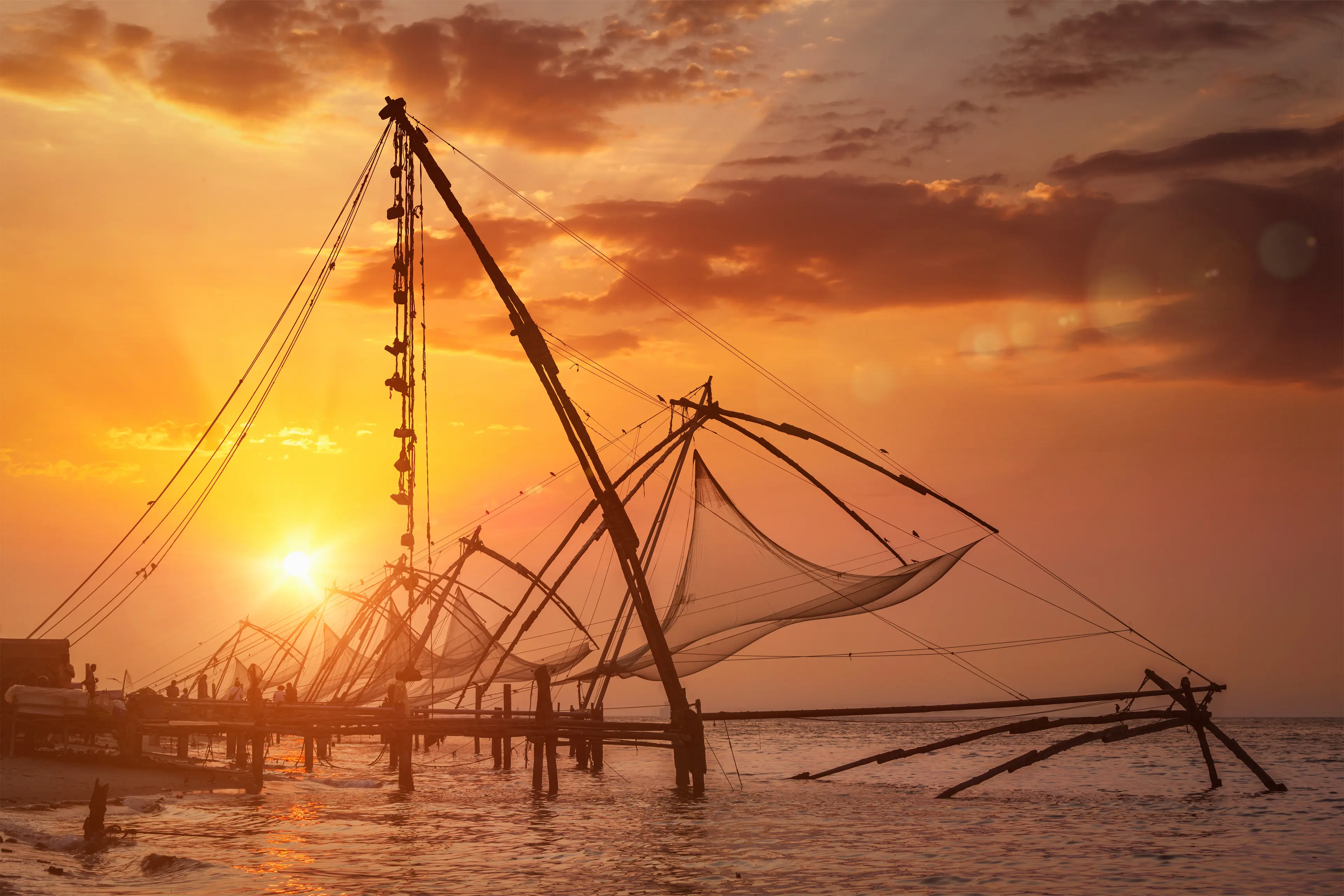
Kochi
A city in India known for its spice trade history, Portuguese influences and the iconic Chinese fishing nets.
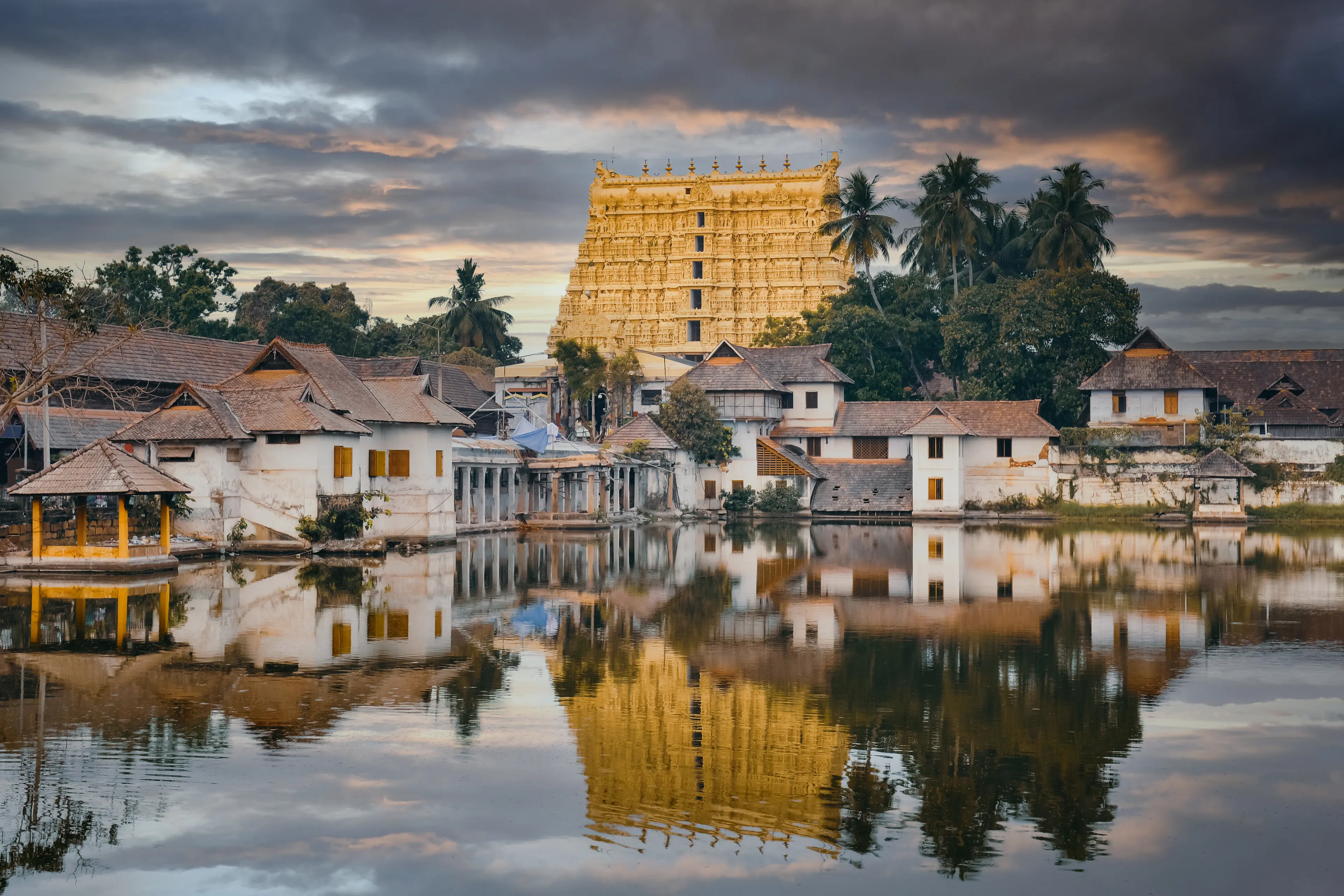
Trivandrum
The capital of Kerala, India, known for its British colonial architecture and many art galleries.
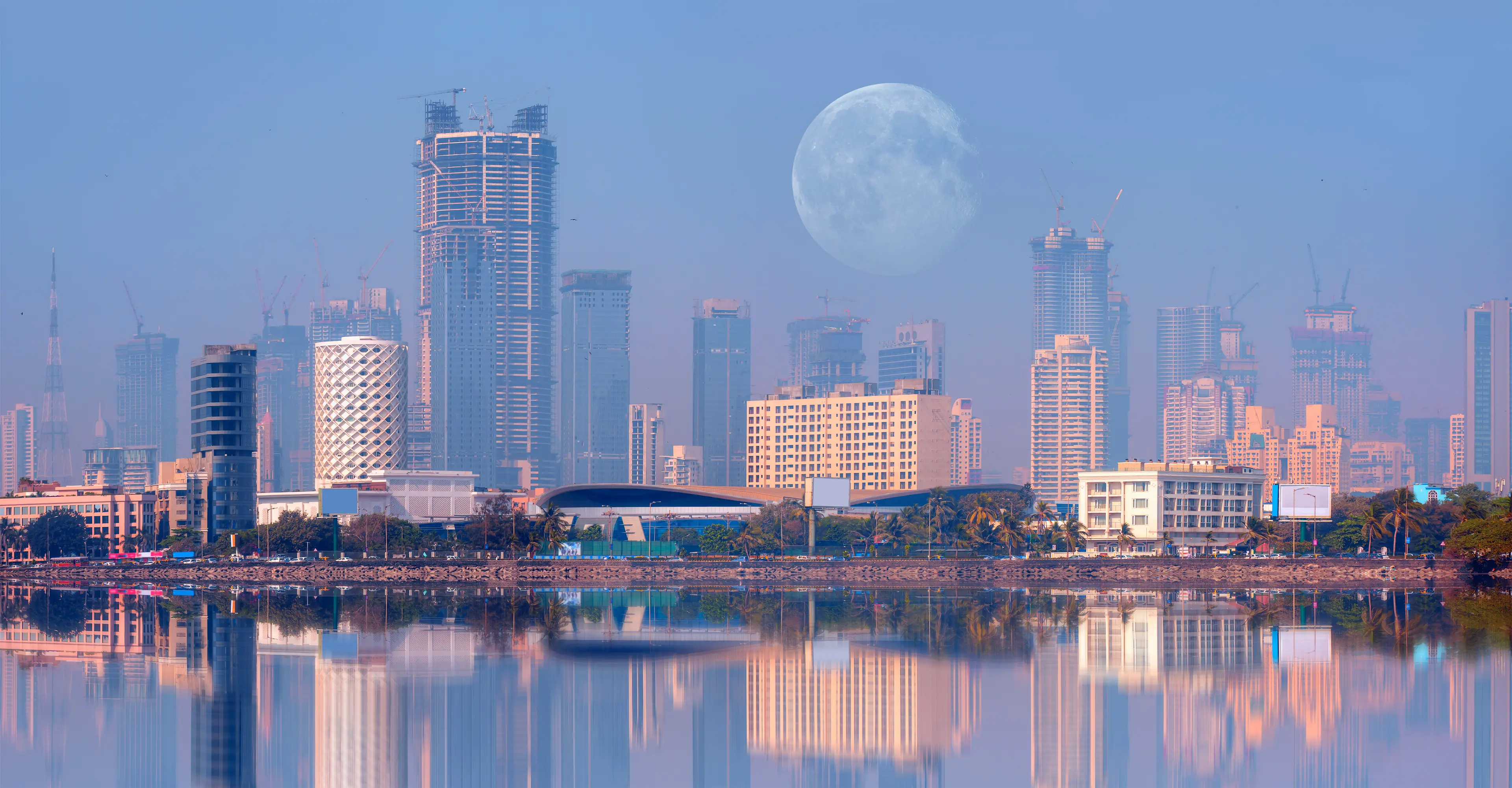
Mumbai
India's largest city, known for its bustling street life, skyscrapers, and Bollywood film industry.
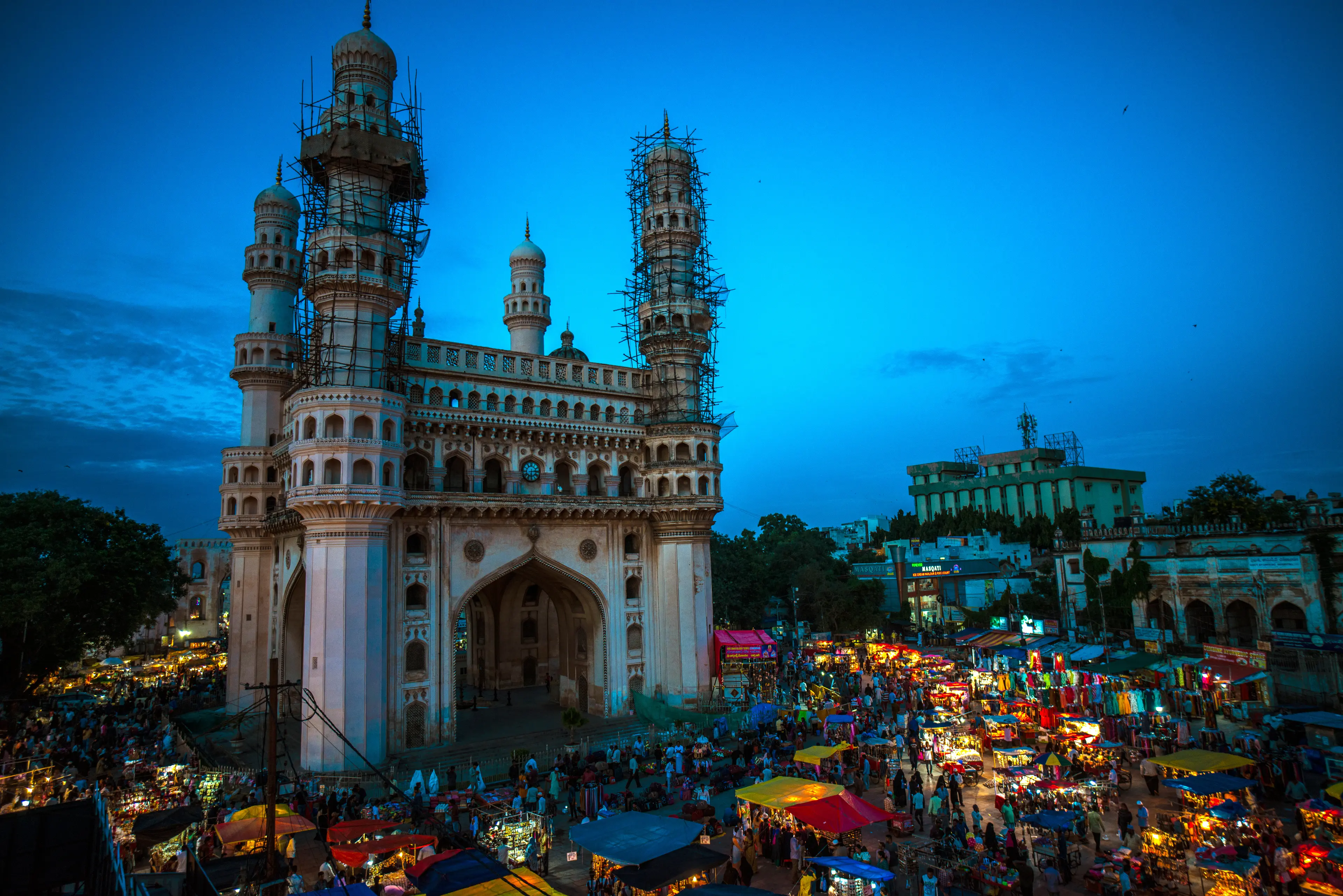
Hyderabad
A major center for the technology industry in India, it's also known for its historic sites including Golconda Fort.
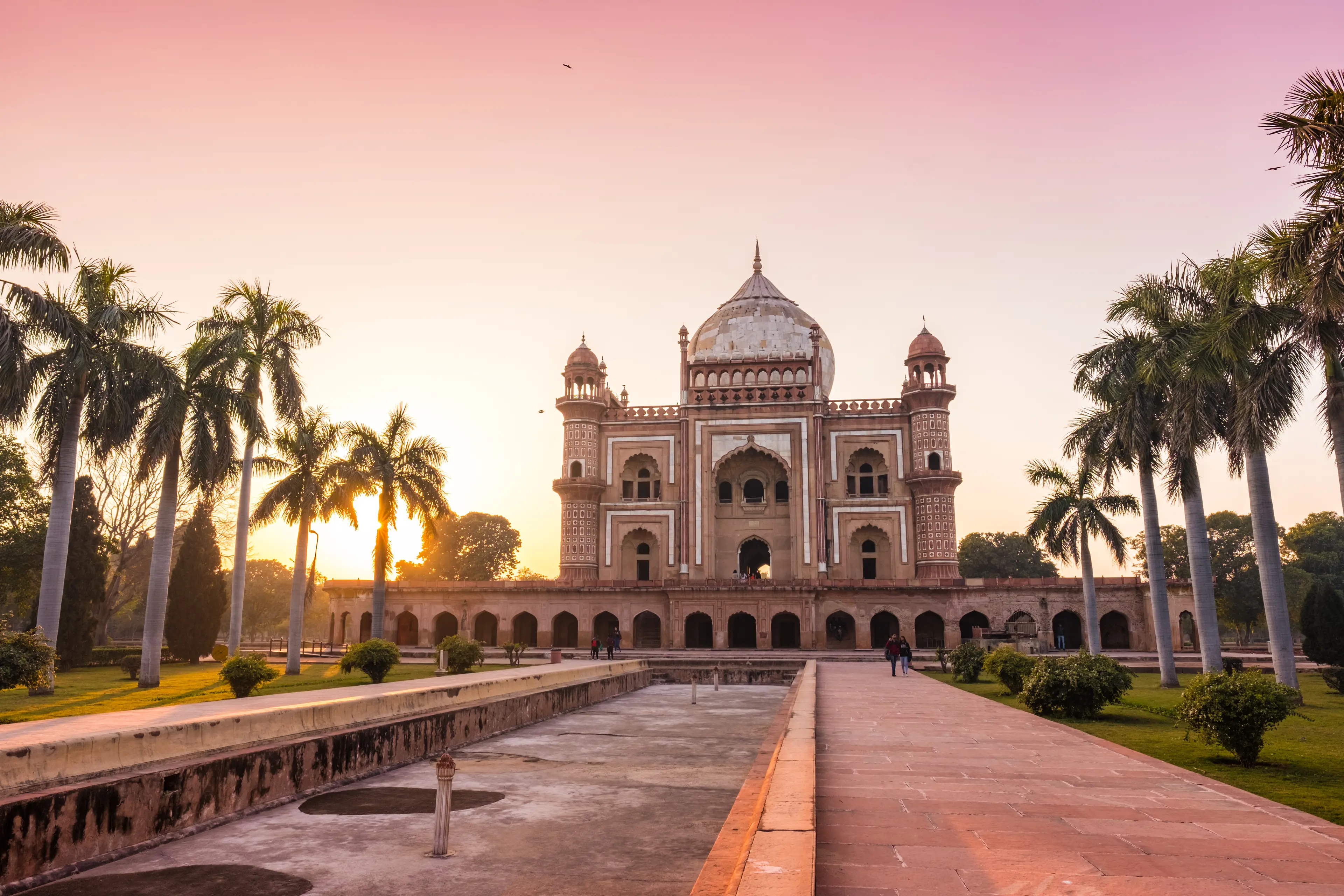
Delhi
The capital city of India, known for its rich history and architecture.
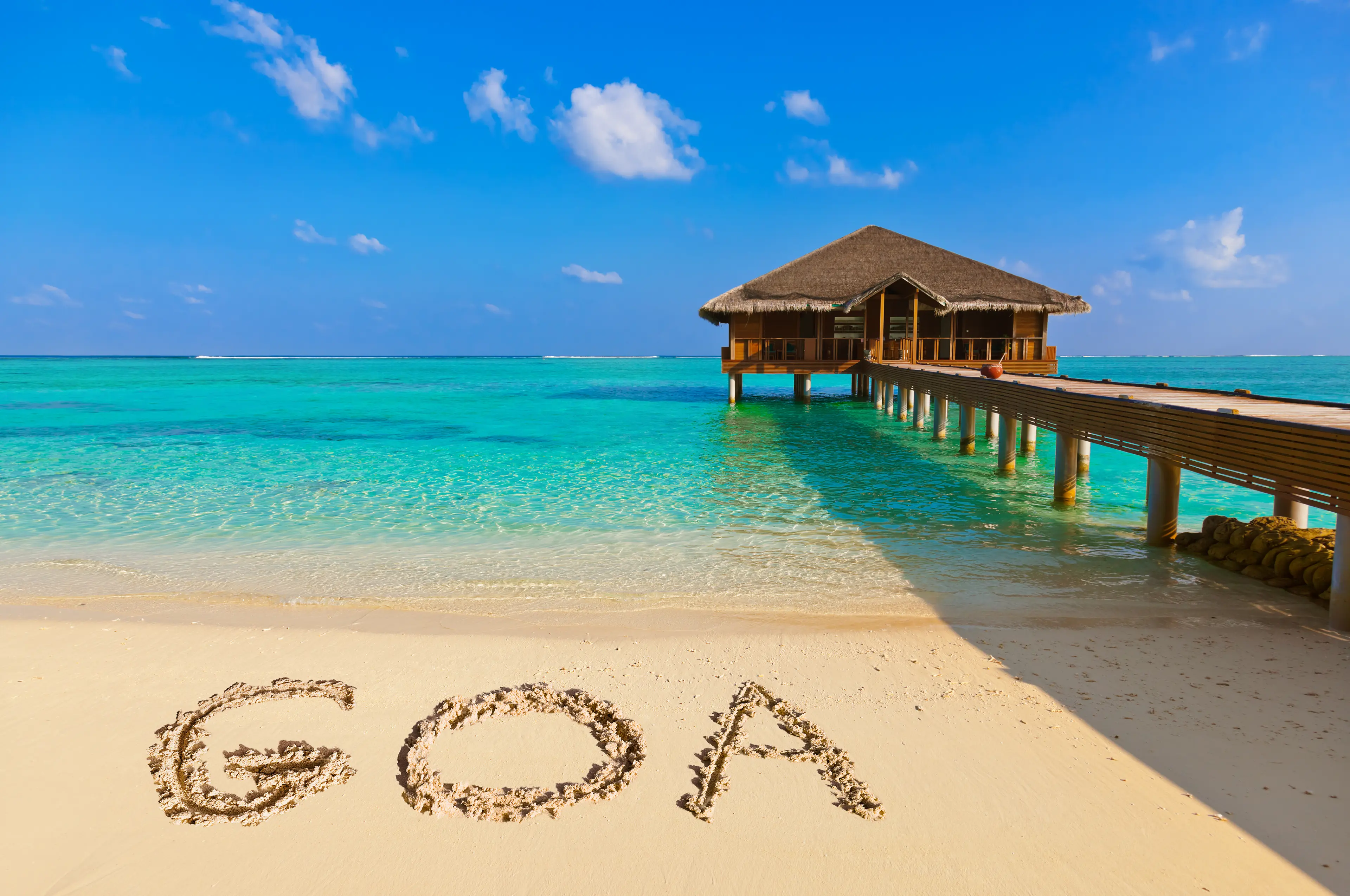
Goa
A state in India known for its beaches and Portuguese colonial architecture.